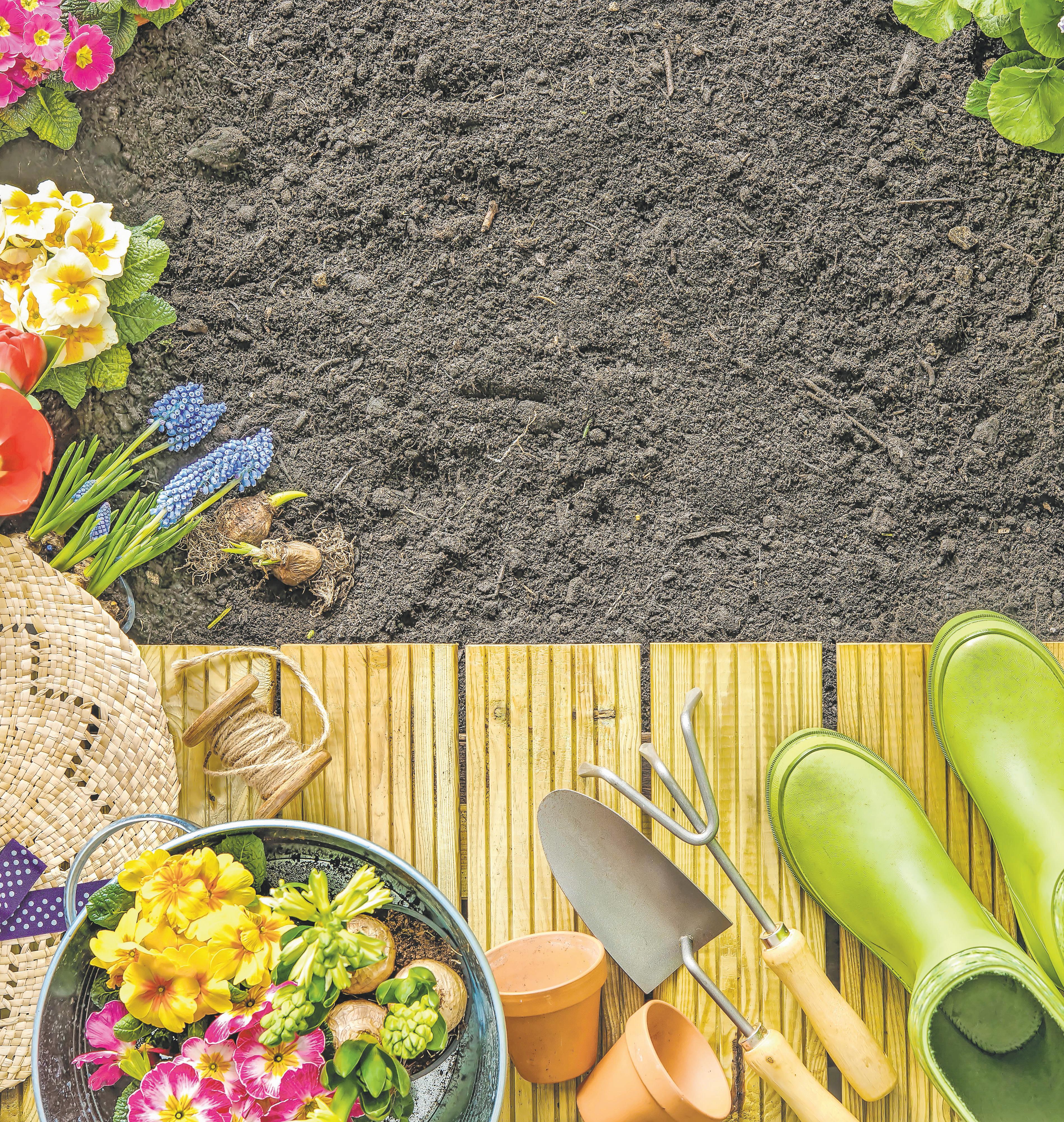

Hydrangeas: Invoking
By Molly MilroyEach year Pantone releases the Pantone Color of the Year, a trendsetting color that is used in everything from branding to home decorating. This year it’s “Very Peri,” a rich shade of periwinkle.

According to Pantone, “Very Peri displays a spritely, joyous attitude and dynamic presence that encourages courageous creativity and imaginative expression.” One way to showcase this new shade of blue is by planting hydrangeas. Consider adding this “joyous attitude” color through your springtime planting.
ABOUT HYDRANGEAS
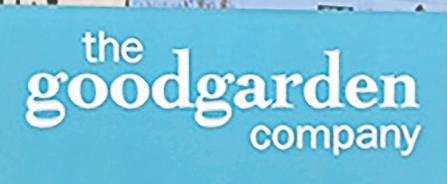
Hydrangeas are hardy shrubs and can live many years. They come in a variety of colors including brilliant shades of pink, red, and white, as well as blue, lavender, and violet. The Goodgarden Company, located at 2724 N. 21st Street in Superior’s Billings Park neighborhood, boasts 15 varieties in all different sizes.
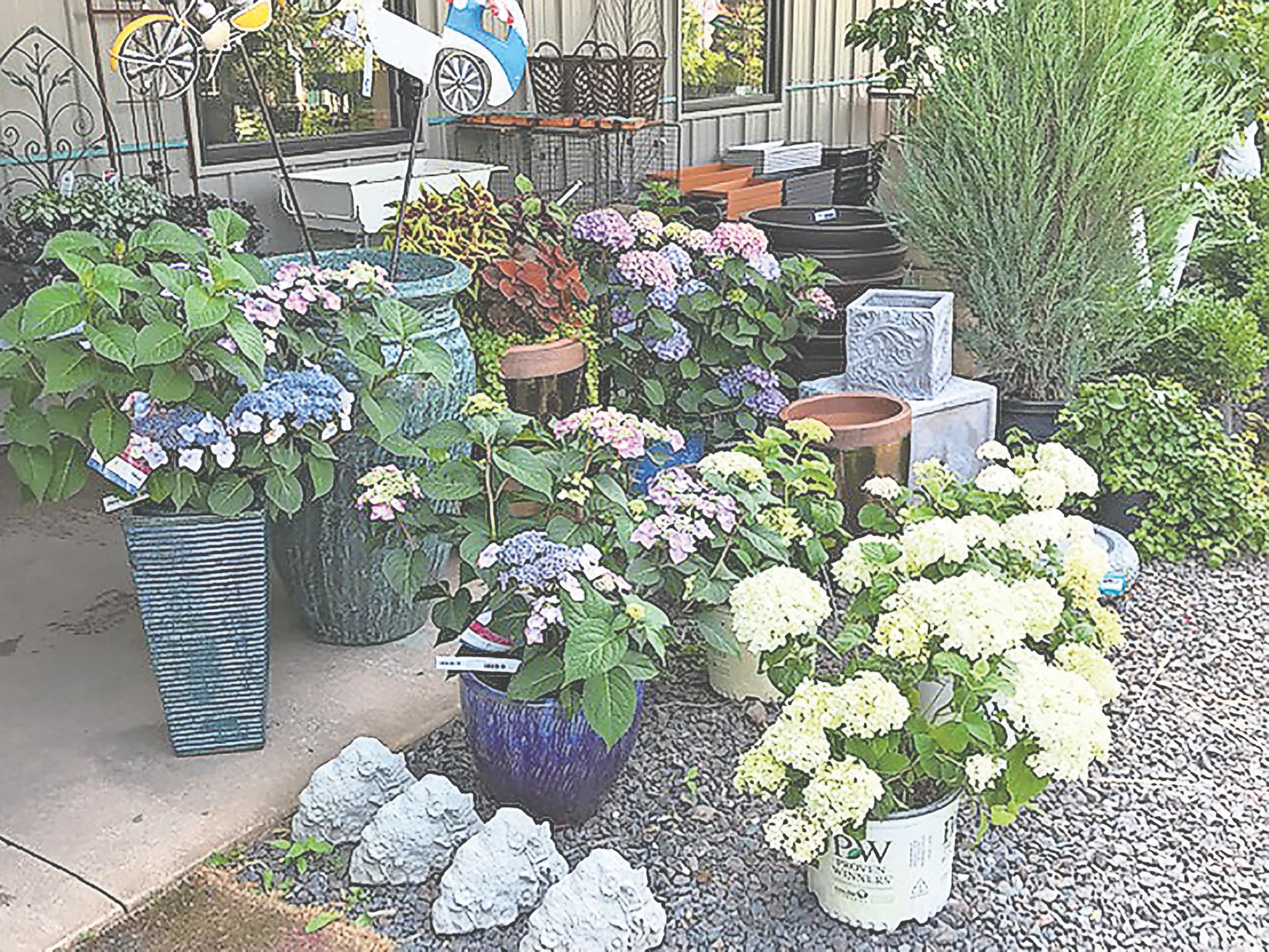
“We probably sell more hydrangeas than just about any other shrub,” said wwner Michelle LeMasurier. “It’s such a reliable shrub and it blooms for such a long time.
Once they start blooming, they bloom right through until winter.”
To feature the Very Peri color of hydrangeas, choose Endless Summer or Bloomstruck which range in shades of blue to purple.
“Everybody loves that periwinkle blue, which is what the Endless Summer is,” LeMasurier said. Bloomstruck has proven to be hardier and Endless Summer is more difficult to grow in the north, but that doesn’t stop Northlanders from planting them and enjoying their fresh sweet color.
WHEN AND WHERE TO PLANT
One can plant hydrangeas all season from late spring to fall. For springtime planting, the planting season can begin as soon as the frost is gone.
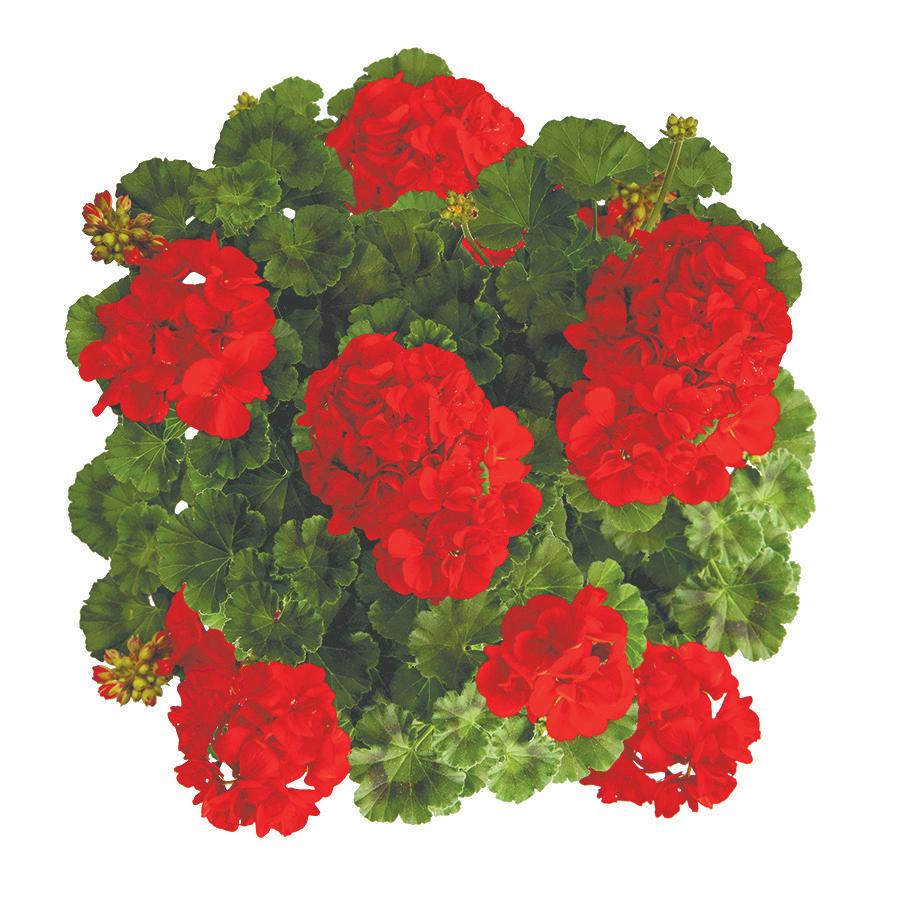
“When frost comes out of the ground, you can plant trees, shrubs and perennials,” LeMasurier said.
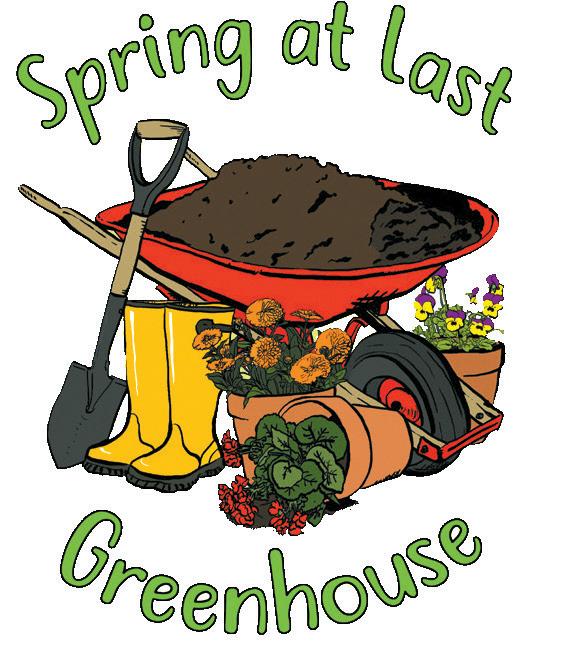
“Hydrangeas need to ventilate and go dormant,
VERY PERI: Page 3
ABOVE: A variety of hydrangeas including BloomStruck, Endless Summer, Twist-n-Shout, and Limelight, are available at The Goodgarden Company.
LEFT: Phantom white flowering hydrangeas are available at The Goodgarden Company.
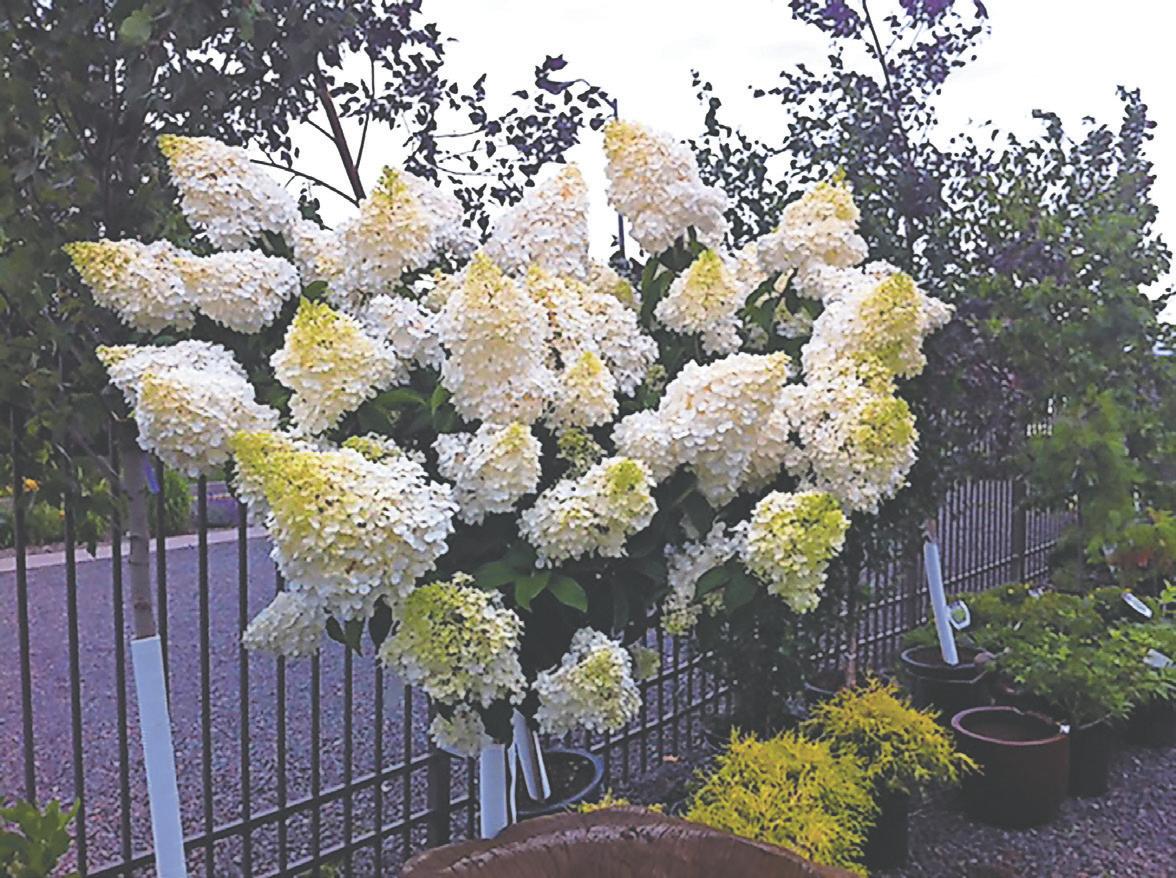
How to support pollinators this gardening season
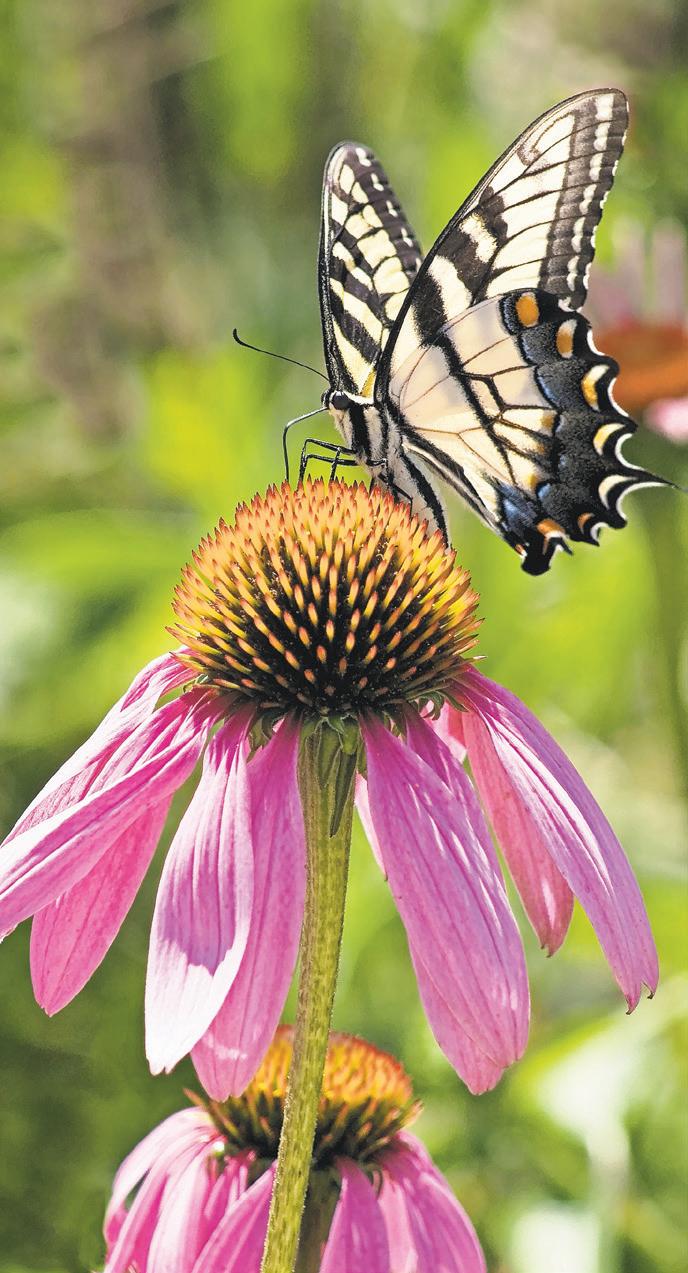 By Abigail Blonigen
By Abigail Blonigen
“The hum of bees is the voice of the garden,” said famous writer, horticulturist and landscape architect Elizabeth Lawrence.
Pollinators are essential to our ecosystem, from small scale gardens to the global food supply. However, according to the United States Department of Agriculture, pollinator populations have been in decline across the nation, due to disease, habitat loss, pesticide use and climate change.
While national programs have been put into place to combat pollinator decline, local gardeners can also play a key role in supporting these winged workers. Below are a number of ways you can make your yard and garden more friendly to bees, butterflies, hummingbirds and more.
1. PLANT THE RIGHT PLANTS.
Native plants are a good bet when trying to attract pollinators. Coneflower, Wild Lupine, Blazing Star and Aster are all attractive to bees, butterflies and humans alike. Monarchs love Milkweed of course, and hummingbirds are attracted to reds such as Columbine and

VERY PERI
From Page 2
so they need to be outside,” LeMasurier said. Plant in a location that has morning sun and afternoon shade; however, the northern climate allows for hydrangeas to tolerate more sun, so planting in an area with full sun may turn out fine.

Acidic soil is needed to plant hydrangeas.
“You want a well-drained soil,” LeMasurier said. “They do like more acidic, but of course you can always feed them acidic fertilizers.”
Another option is to plant them in a pot.
“I have some customers who want to put them in pots every year, just because they’re so gorgeous,” LeMasurier said.
Cardinal Flower, according to the Minnesota State Horticultural Society.
2. STAGGER YOUR BLOOMS.
In order to provide food for pollinators all season long, stagger your plants’ blooming periods. Take your planting plans a step further by incorporating pollinator-approved trees and shrubs into your landscape. The USDA recommends dogwood, blueberry, cherry, plum, willow and poplar.
3. CUT OUT PESTICIDES.
Pesticides wreak havoc on insect colonies, pests and pollinators alike. Explore alternative ways to eliminate pests, such as planting vegetation that attracts beneficial insects. The National Environmental Education Foundation says that if you must use pesticides, use the least toxic version available and spray at night when most pollinators aren’t as active.
4. LEAVE A LITTLE MESS.
While many strive for a pristine garden, free of weeds, debris and damage, this perfectionism can hurt friendly insects. According to the Pollinator Project, certain weeds, such as dandelions, can provide food for pollinators when other nutrient sources are unavailable.
CARING FOR HYDRANGEAS
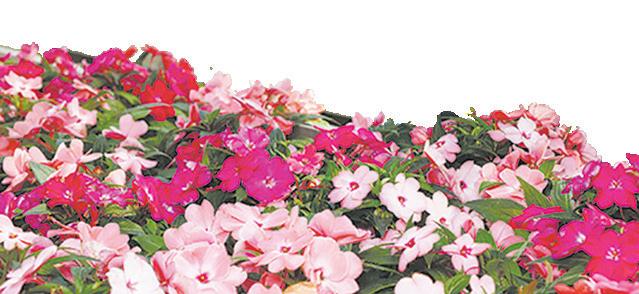
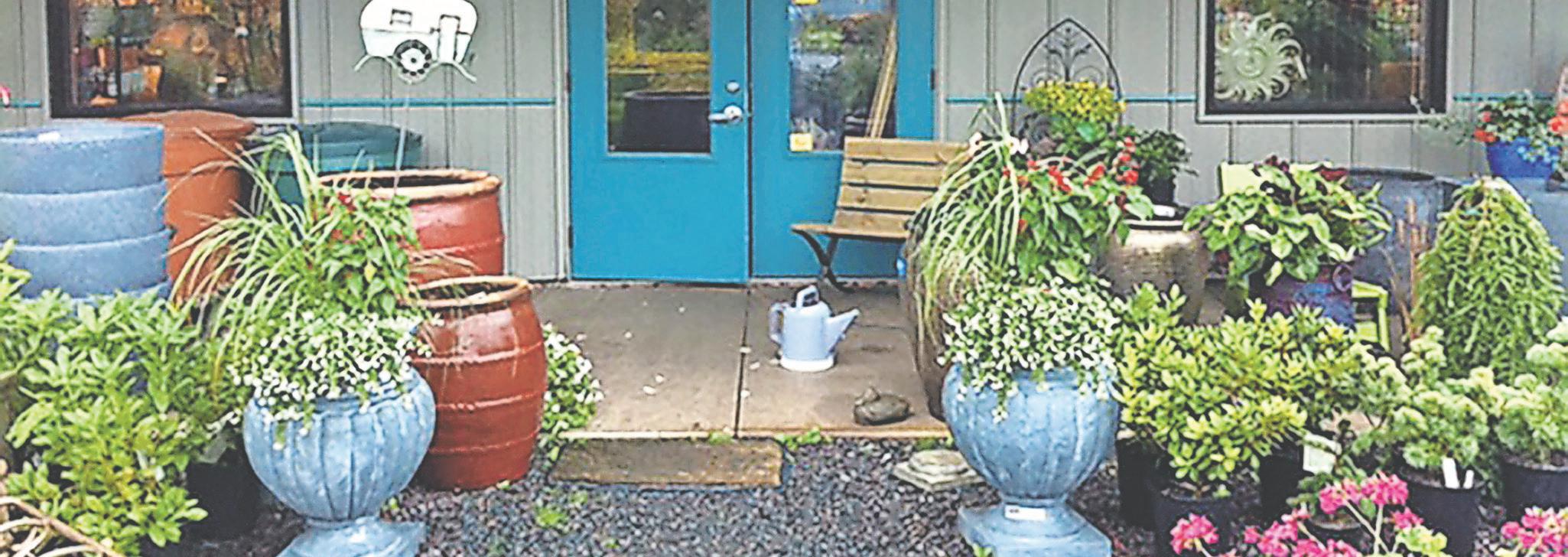
Hydrangeas are fairly easy to grow and take care of.
“When we first plant, we recommend a good watering twice a week. Overwatering can be worse than too dry, and every day is too much,” LeMasurier explained. “And then after they’re established, you probably don’t have to worry about it, unless we have a period with no rain.”
The Very Peri colored hydrangeas are a little more difficult to care for in our climate than pink, red, and white hydrangeas, but don’t let that keep you from having the creative color in your yard, enhancing your outdoor space.
“Everybody loves them, and they put on such a good show,” LeMasurier said.
The Goodgarden Company will open May 1, or visit https://goodgardencompany.com.
Bare patches of dirt can provide a home for burrowing bees, while stray logs are great for wood nesting bees and beetles (which are also pollinators!). Finally, a garden without pesticides will inevitably lead to some crop damage, but the butterflies will appreciate your efforts.
5. PROVIDE WATER.

Though tiny, insects need to drink too. Make sure your dish is shallow, slanted or has perching stones to prevent the risk of drowning, says the USDA.
6. SPREAD THE WORD.
Encourage friends and neighbors to adopt pollinator friendly practices in their own yards and gardens. We do have a hive mind after all.
Abigail Blonigen is a Minnesota freelance writer.
Coneflower is a native plant that will attract pollinators.
Pollinator populations have been declining due to disease, habitat loss, pesticide use and climate change.
PREP YOUR SOIL FOR PRODUCTIVE GARDENING
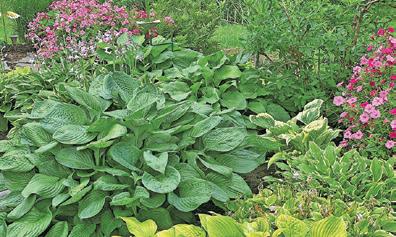 By Tony Bennett
By Tony Bennett
Now that the snow is melting and the sun is making more frequent appearances, it’s time again for gardeners to begin the process of prepping for planting. Good soil prep is a key step, and good advice on how to go about that process is always helpful.
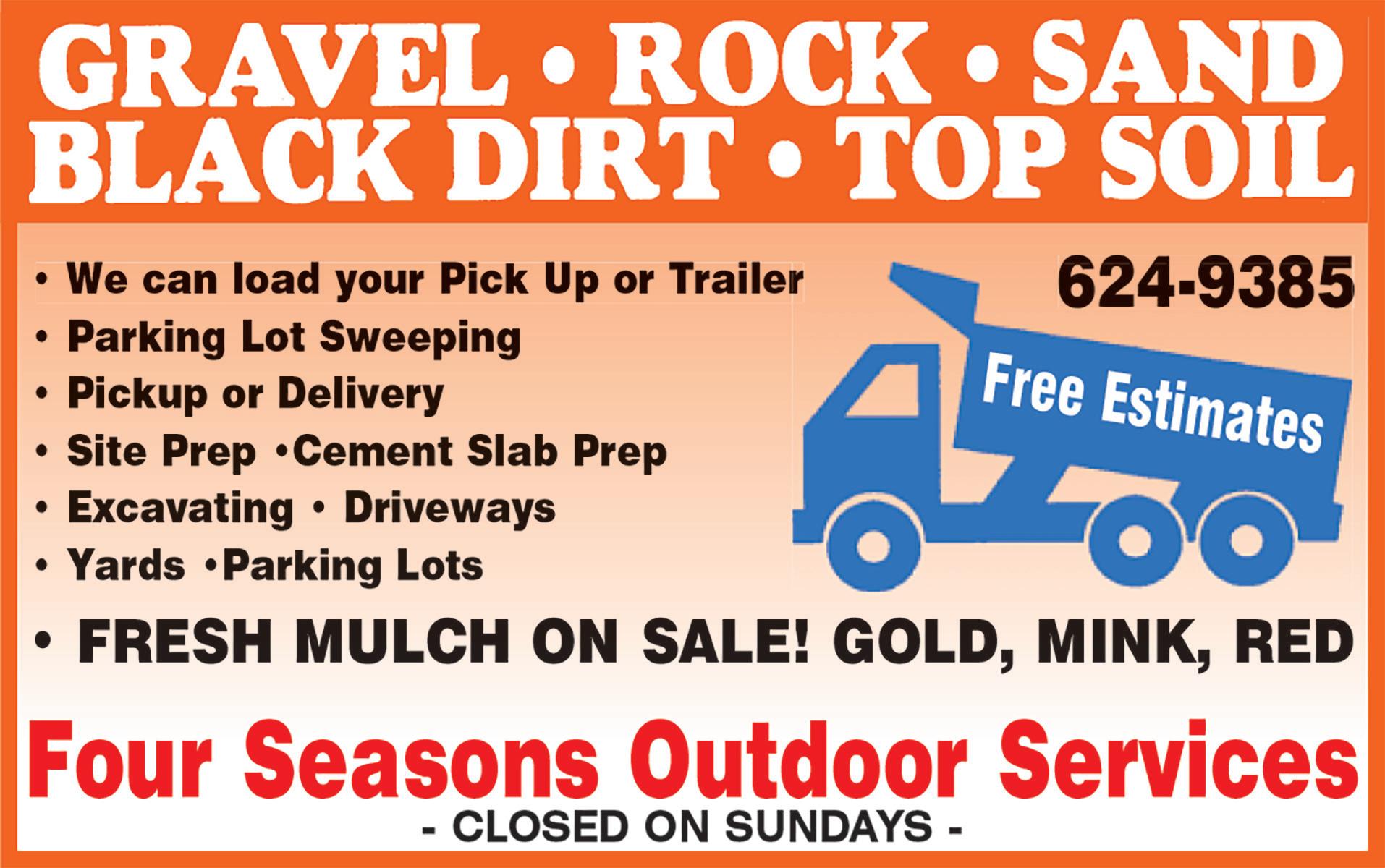
Stephanie Longstreet, a supervisor at Gordy’s Gift and Garden Center, said that, after the last frost, gardeners should set to working the soil in their existing garden beds. She focuses on “turning that soil, getting it to move up, and adding new soil.”
Longstreet recommends the WLSSD Garden Green Compost product as part of this process.
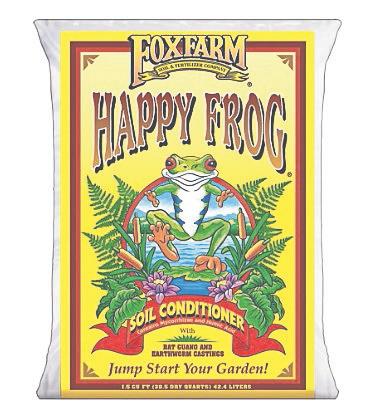
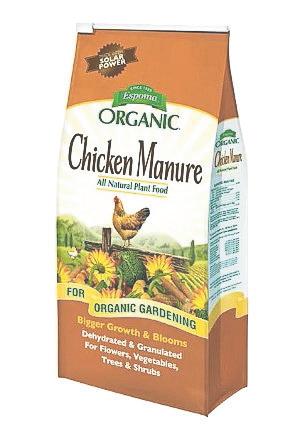
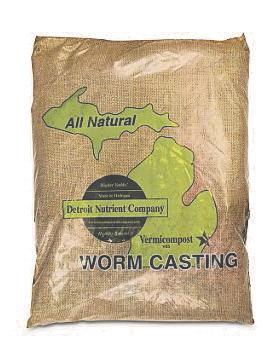
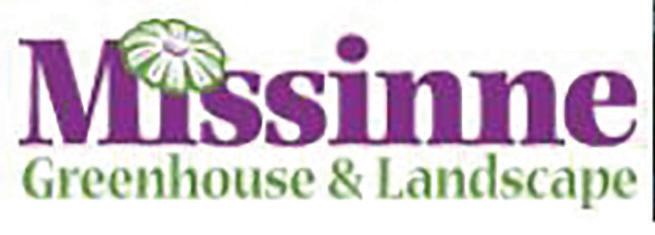
“We sell a lot. It’s an amazing product,” she said. “It’s brokendown natural ingredients that fertilize the soil you are already working with to promote healthier growth for your plants. It does wonders for the existing soil.”
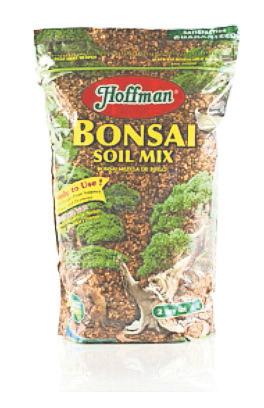
Steve Karels, the land stewardship coordinator for the Duluth Community Garden Program, said that “if prepping beds and soil in the spring, getting into garden spaces
shortly after the snow melts, amending the soil with organic matter, and covering it up is key. This can be a very physical effort, but doesn’t necessarily need to be — some people opt to just put a tarp on the round and do bed prep, soil amendment, and mulch all immediately before planting in late May and early June.”
Karels also recommends the WLSSD product, saying it is “organic matter, nutrient-rich, and very cost-efficient. It is also more environmentally-sustainable, as it uses local bulk kitchen scraps, yard matter, and brush as its ingredients. It captures the carbon from these byproducts, which is ultimately converted into fruits and vegetables in your garden.”
Both hand-turning and/or tilling the soil are a must, and each has different benefits. Longstreet likes to handturn, “so that we can pull any debris or annuals or other veggie roots that didn’t get pulled at the end of the last season. Then we add fresh soil and fresh compost.”
“Many consider no-till gardening a more environmentally-sound method of gardening, because of its less-destructive nature and benefits to soil health,” Karels said. “You can easily ‘till’ the soil by hand, in a more gentle manner, by using a broad-fork, which is like a giant, heavy steel pitchfork that leverages and loosens the soil up with foot-long tines. Maintaining good ground cover and mulching before and throughout the growing season is the key to successful no-till gardening.”
Karels says that, in the end, “helping your soil in its regenerative cycle and nurturing the beneficial microbes are the foundation for resiliency to plant disease and nutrient deficiencies, are the most efficient methods for productive vegetable gardening, and are the most effective investment you can make in a garden space.”
Tony Bennett is a Duluth freelance writer.
What can and cannot be composted...
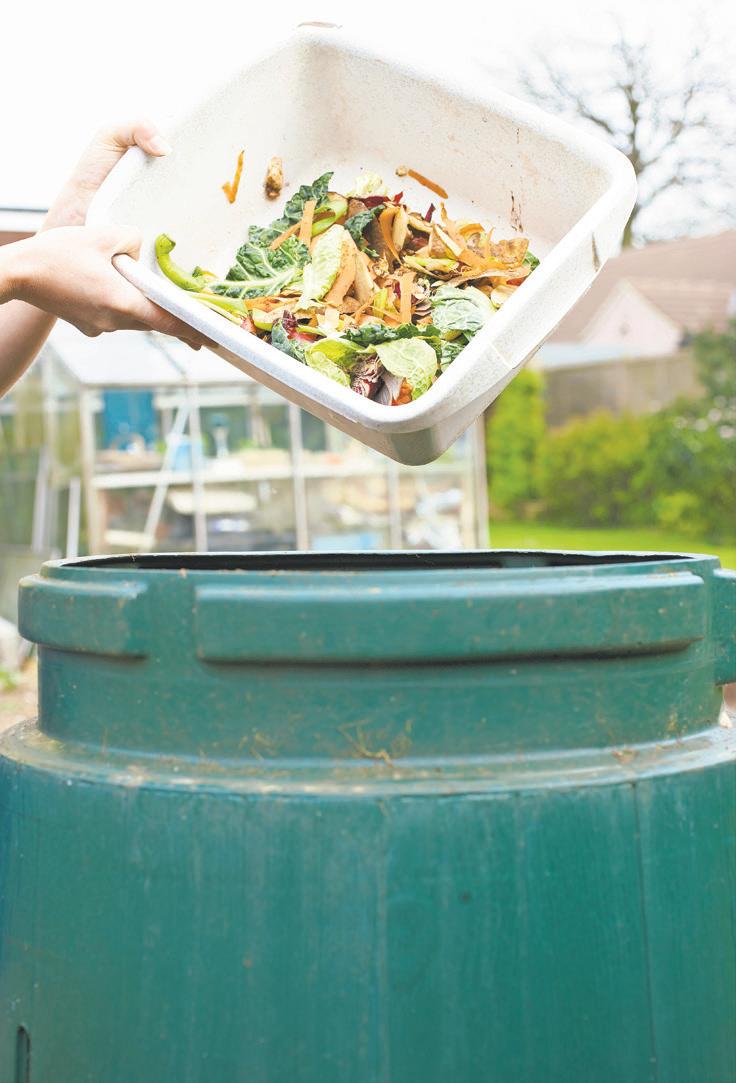

Avid gardeners know that compost can add vital nutrients to soil used in gardens, container plants and lawns. The fact that compost is so versatile and nutrientdense may not even be its most admirable quality. Made from items used in and around the house, compost costs just about nothing to produce. The raw materials that make up compost come from organic waste. These can be disposables from the garden and kitchen, as well as other areas around the house. According to the United States Environmental Protection Agency, yard trimmings and food scraps add up to 20 to 30 percent of the municipal solid waste in the United States. Turning waste into compost not only helps the landscape, but also the planet.
COMPOST: Page 9
Greenhouse Opening May
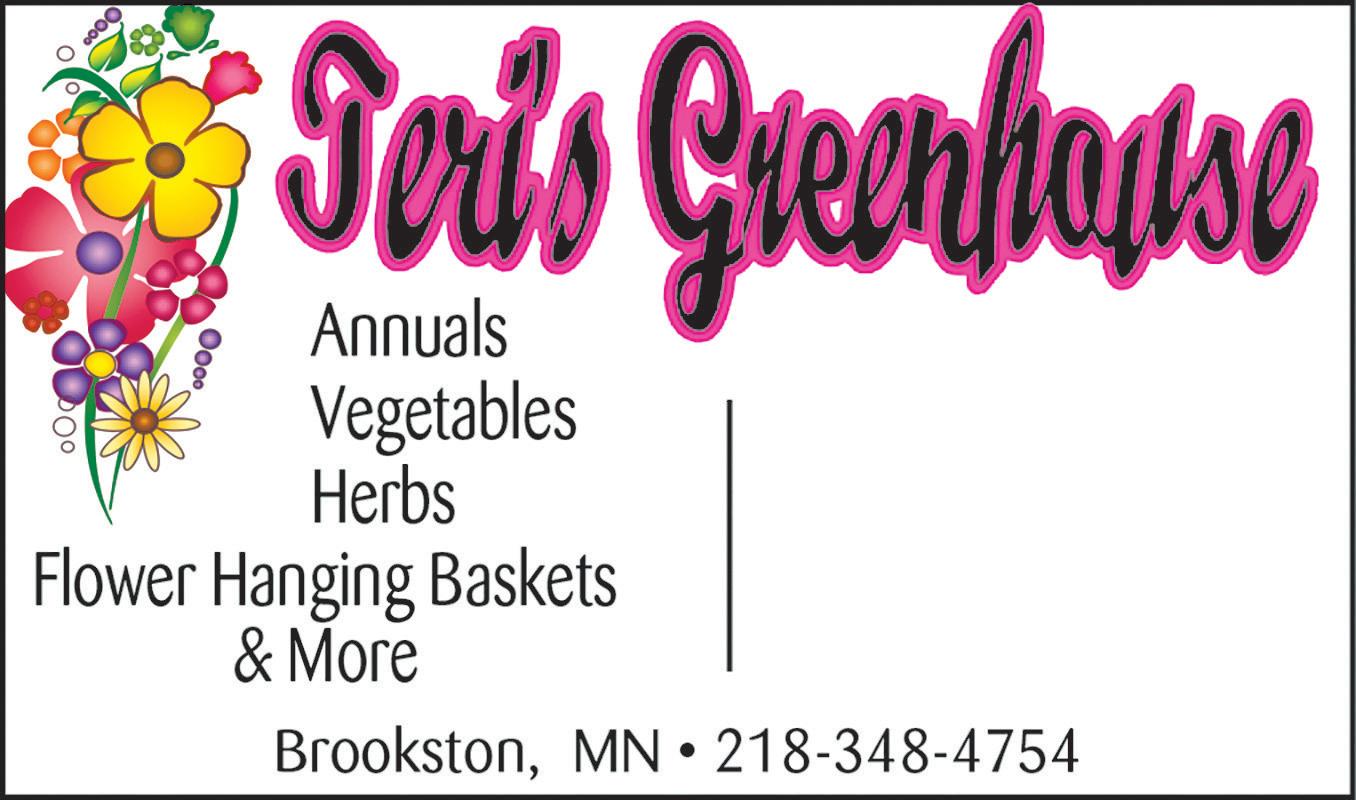
Greenspaces
Saginaw, MN 55779
Greenhouse & Nursery Guide 2022
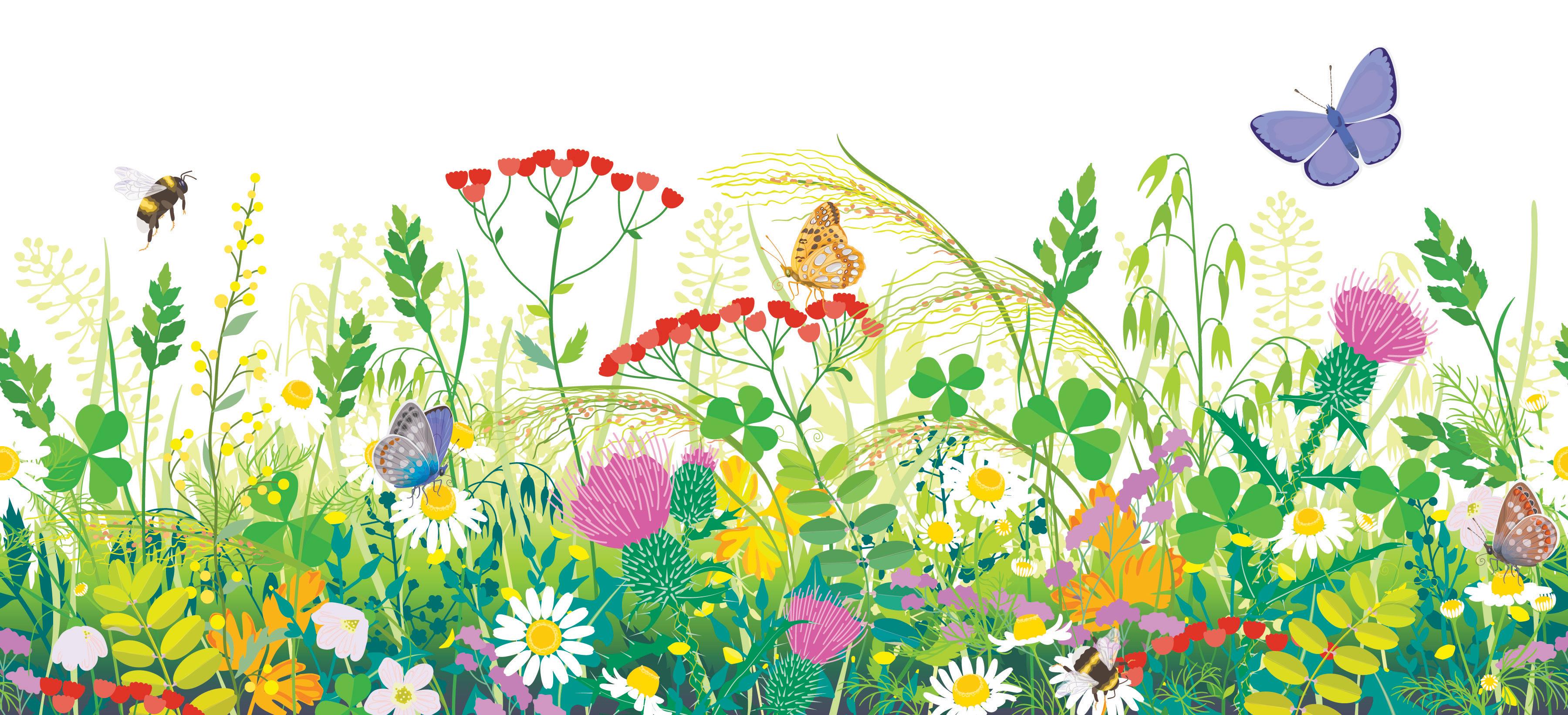
aplusgardencenter.com
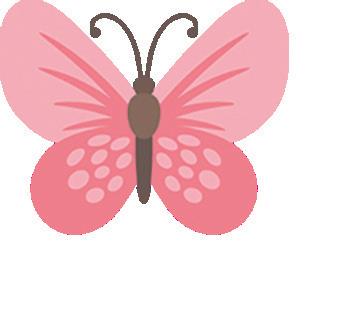
Open April 22-Oct. 31
Mon-Sat 9am-7pm; Sun 9am-5pm
• What is unique about your business?
We’re truly the local one stop shop for gardeners! From hundreds of plant varieties, including trees, shrubs, annuals and perennials to bulk material, tools, soil amendments and decorations.
• What are you excited about this year?
We’re opening a second location at the Kenwood Shopping Center! (1316 W. Arrowhead Road)
Anderson’s Greenhouse
1403 7th Ave., Two Harbors, MN 55616
218-834-4837
Open Year Round
Mon-Fri 8am-5:30pm; Sat 8am-5pm; and Sundays Mother’s Day through June
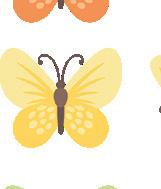
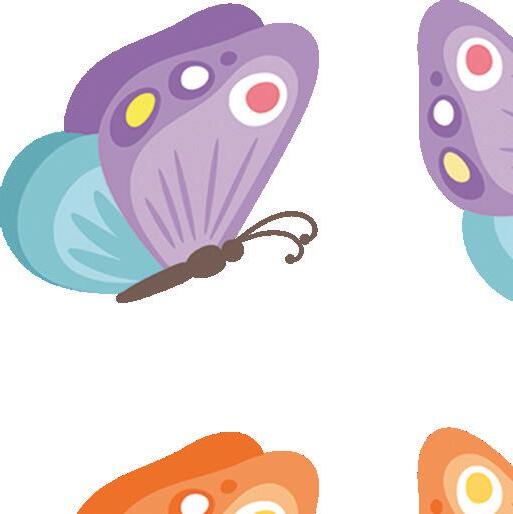
• What is unique about your business?
- Keeping it local since 1956
- Each plant lovingly cared for
- Large feed supplies for your backyard pets
- Abundant varieties of house plants
- Spectacular hanging baskets, annuals, & perennials
• What are you excited about this year?
- Many new succulent varieties
- Our biggest ceramic pottery collection ever
- Excellent pansies and viola
- Largest selection of garden vegetable and flower seeds
Beier’s Greenhouse
2707 Midway Lane, Grand Rapids, MN 55744 218-326-5357
www.beiersgreenhouse.com
Open Pending Late April- Sept. 1
Open daily. See website for hours
• What is unique about your business?
Beier’s is proud to have been a family-owned business for over 60 years. We are unique in the fact that we grow almost everything we sell from a seed or plug - “Grown in the North for the Northern gardener.” We pride ourselves on researching and bringing you the newest and best varieties for our area.
• What are you excited about this year?
We are excited this year for all of our new gardeners to return this Spring and of course our seasoned gardeners! We have a lot of new varieties of vegetables coming in this year including edible potted peppers and tomatoes –“Kitchen Minis” that are patio/table top varieties! We hope to highlight as many of these new varieties as we can in our emails, as well as having tips and tricks in our radio ads! Like us on Instagram and Facebook! We love posting pictures of all our plants as they start blooming! Please visit our website at www.beiersgreenhouse.com and don’t forget to sign up for our newsletter where you can get sneak peeks at the weeks specials, first to know about upcoming events and special coupons!
Bending Birches
5996 Cant Road, Duluth, MN 55804 218-525-1994
Bendingbirchesgreenhouse.com
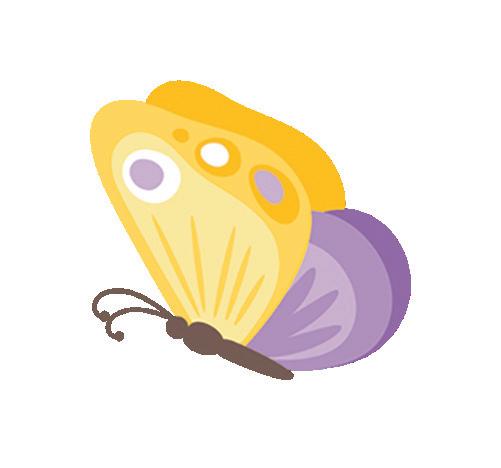
Open May 1-June
Mon-Sat 9am-5pm; Sun 10am-3pm
• What is unique about your business?
We are proud of our environmentally conscious growing methods, including compostable pots and organic pest management practices. The extra effort shows in the quality of our plants, the majority of which we grow from seed for a unique variety.
• What are you excited about this year?
We have greatly expanded our inventory of perennials, trees and shrubs, in particular fruit trees and shrubs for wildlife and edible landscaping. We are also excited to offer some new vegetable varieties selected for their resilience with extreme weather and disease pressure.
Big Brook Greenhouse
43785 US Highway 63, Cable WI 54821 715-798-4142
Open By May 1-July 20
Daily 9am-5pm
• What is unique about your business?
We cater to all gardening levels, always looking for what the customer wants. We have new items and the best selection of everyday items.
• What are you excited about this year?
We’ve expanded our growing areas which allows MORE varieties, MORE packs, MORE perennials! Check us out on Facebook: Big Brook Greenhouse Cable WI.
Greenhouse & Nursery Guide 2022
Cherry Greenhouse
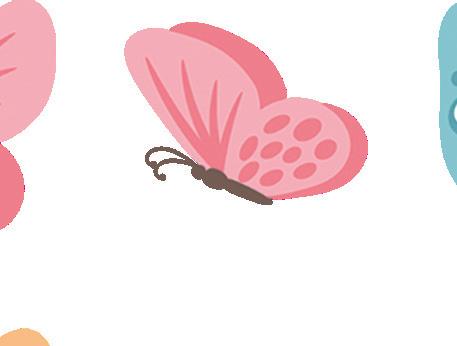
Cherry Location: 9960 Townline Road, Iron, MN 55751
Chisholm Location: 800 SW 6th St., Chisholm, MN 55719
218-263-9304
Open April 30-Dec. 31
Mon-Fri 8am-8pm; Sat-Sun 9am-6pm; Varies later after main gardening season

• What is unique about your business?
Cherry Greenhouse has been locally owned and operated for 48 years, specializing in zone appropriate plants and trees for Northern Minnesota with experienced gardeners to assist our customers. Watch for our annual tree, shrub and fruits sale scheduled to start April 30.
• What are you excited about this year?
We are excited about many new varieties of specialty plans with an expanded choice of colors of million bells, supertunias and more, and an expanded selection of fruit and shade trees, shrubs and small fruits.
Country Craft Shed and Greenhouse
7016 Van Road (Island Lake), Duluth, MN 55803
218-590-3435 or 218-721-3258
Open May 7-July 31 (greenhouse)
Sat-Sun 10am-4pm
• What is unique about your business?
We have locally grown perennials, unique garden planters and garden items, as well as fairy garden supplies.
• What are you excited about this year?
We love our garden junk, primitive garden benches, primitive bird houses, bird baths and garden gnomes.
Dan’s Feed Bin
806 Hammond Ave., Superior, WI 54880 715-394-6639
www.dansfeedandgarden.com/garden-supplies
Open May 2- Varies
Mon-Fri 8am-5pm; Sat 8am-4pm
• What is unique about your business?
We have great customer service and an excellent selection -- and we’re a Best of the Best contest winner three years in a row.
• What are you excited about this year? Seeing all of our summertime friends!
Denny’s Lawn
4122 Woodland Ave. Duluth, MN 55803 218-728-1854
www.dennyslawn.com
Open Year Round
Mon-Fri 8am-5pm; Sat 8am-2pm
• What is unique about your business?
We carry major/dependable brand names in lawn mowers, blowers, trimmers, tillers, chain saws and protective equipment. We provide SERVICE for what we sell, and many others don’t.
• What are you excited about this year?
Beautiful spring and summer, after this long winter! We are ready with the tools to help beautify your lawn and landscaping, so your yard is the talk of your neighborhood!
Duluth Farmer’s Market
1324 E. 3rd St., Duluth, MN 55805 218-241-1847 duluthfarmersmarket.com
Open May 7-Oct. 29 Wed 2-5pm; Sat 8am-Noon
• What is unique about your business?
The Duluth Farmer’s Market features all local farmers/ vendors. We have 100-plus years in business. We accept EBT, SNAP and Market Bucks.
• What are you excited about this year?
Earth Day Festival is 10 a.m. to 3 p.m. Saturday, April 23, and Art in Market from 3-7 p.m. Thursday, July 21.
Gordy’s Gift & Garden Center
4899 Miller Trunk Highway, Duluth, MN 55811 218-722-8666
gordysgiftandgarden.com
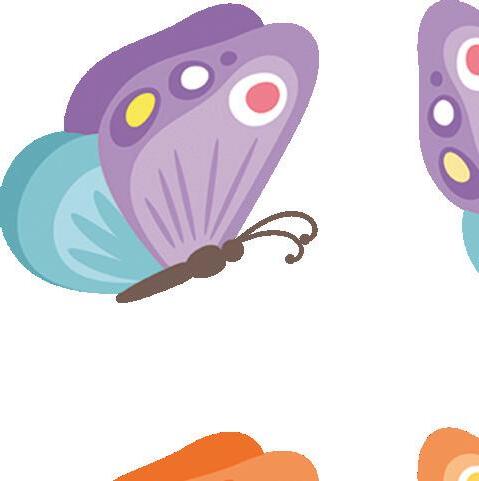
Open Year Round
Daily 10am-6pm
• What is unique about your business?
Gordy’s is the most unique, one-of-a-kind gift and garden center you’ll ever experience! “Where shopping is alwyas fun, fun, fun!” We grow and carry beautiful blooming baskets, plants, and planters, from early spring until fall. We also carry trees, shrubs and vegetable starters specifically grown for this area, varieties you won’t find elsewhere. Gordy himself researches and selects varieties that will perform best in our area.
• What are you excited about this year?
Gordy’s is excited to share our special plants including garden starters, vegetable plants, herbs and dozens of varieties of tomato plants all selected specifically for our area. Also, thouisands of unique flowering hanging baskets and vegetable baskets, like strawberries, peas, beans, cucumbers and more, and thousands of bedding plants, gerandiums, raspberries, strawberries, onion sets, seed potatoes and more. Gordy’s is your one stop shop for all your gardening needs!
Grussendorf Nursery
4124 Midway Road, Hermantown, MN 55811 218-729-7351
grussendorfnursery.com
Open May 1-Oct. 31
Mon-Fri 8am-7pm; Sat 8am-5pm; Closed Sunday
• What is unique about your business?
We are a family owned and operated farm style nursery. This is our 70th year in business.
• What are you excited about this year?
We have a huge fruit tree selection, plus fresh plant material arriving weekly. Special orders are welcomed.
Hauser’s Superior View Farm
86565 County Highway J, Bayfield, WI 54814 715-779-5404
www.superiorviewfarm.com
Open April 29-May 30
Daily 9am-5pm
• What is unique about your business?
We have field-grown bare-root perennials, winter hardy for our climate. We can also order online for shipping or pickup. Also, our annuals, herbs and veggies are grown right here on the farm.
Kunnari Greenhouse
7873 Bodas Road, Eveleth, MN 55734 218-744-5853
kunnarigreenouse.com
Open May 2-June 15
Mon-Sat 9am-7pm; Sun 12:30-5pm
• What is unique about your business?
We have a large variety of unique hanging basket mixes and patio pots. We’re a fun place to come visit with varieties in 4-packs and pots.
• What are you excited about this year?
We love the new E-3 Wave petunias and new colorful mixes.
Greenhouse & Nursery Guide 2022
Maxwell’s Woodland Nursery
6185 Lax Lake Road, Finland, MN 55603
218-353-7726
Open May 1-Sept. 30
Daily 9am-5pm until June 30, then reduced days
• What is unique about your business?
We carry a bit of everything for your gardening needs: annual flower and veggie starts, gorgeous hanging baskets, organic and non-GMO seeds, soil amendments, fertilizers and cedar mulch, trees, shrubs and perennials. This is our 38th year in business!
• What are you excited about this year?
We love all plants, but perennials are our passion! Come and check out our great array of perennials, the plans that continue to give, year after year!
Missinne Greenhouse & Landscape
6553 S County Road K, South Range, WI 54874 715-399-2527 or 218-348-4110
www.missinnegreenhouse.com
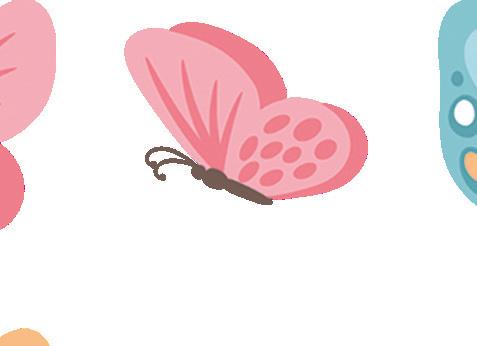
Open Now
Mon-Wed-Fri 9am-4pm
• What is unique about your business?
We’ve been loading up and growing what you need to make your home and garden look great.
• What are you excited about this year?
New this year: Purchase e-giftcards online! Digital gift cards delivered right to your email inbox. Give your favorite gardener the gift they’ll love.
North Star Greenhouses & Garden Center
15677W County Road B, Hayward, WI 54843
715-634-8644
northstarhayward.com
Open May 2-Dec. 23
Mon-Sat 8am-5:30pm; Sun 8am-4pm
• What is unique about your business?
We have a large assortment of hanging baskets in various styles and sizes, grown here on site, and one of the largest selections of shrubs and trees in the Northland!
• What are you excited about this year?
We have a wonderful line of outdoor patio furniture and rugs (dining sets and deep seating sets).
Olcott Park Botanical Garden
712 N. 9th Ave. W., Virginia, MN 55792 218-748-7509
See Rentals on City of Virginia website
Open Year Round
Sat-Sun Noon-4pm
• What is unique about your business?
We are the only publicly owned botanical display garden in the state of Minnesota, other than Como Conservatory.
• What are you excited about this year?
Be sure to spend time by the Olcott Park Fountain as well.
Rice Lake Gardens
5563 Rice Lake Road, Duluth, MN 55803
218-729-7299
Open May 6- July 10
Mon-Sat 9am-6pm; Sun 10am-5pm
• What is unique about your business?
Our products are grown here in Duluth. We have a large variety and unique plants, highest quality, nature friendly, and we have great customer service.
• What are you excited about this year?
We have new basket combos and new varieties available this year.
“Rick’s Tree & Stump Removal, LLC

4268 W. Calvary Road, Duluth, MN 55803
218-728-2427
Open Year Round
Mon-Fri 8am-4:30pm
Seagren’s
820 11th St., Two Harbors MN 55616
218-834-2222
Open Now
Mon-Fri 8am-7pm; Sat-Sun 9am-5pm
• What is unique about your business?
Our business is family owned and operated. We have 44,000 square feet of show floor and we will meet or beat any competitor’s price within 60 miles.
• What are you excited about this year?
We now carry a bigger selection of home and outdoor, from rugs, pots and pans, to all your lawn equipment. Come see us today.
Spring At Last Greenhouse
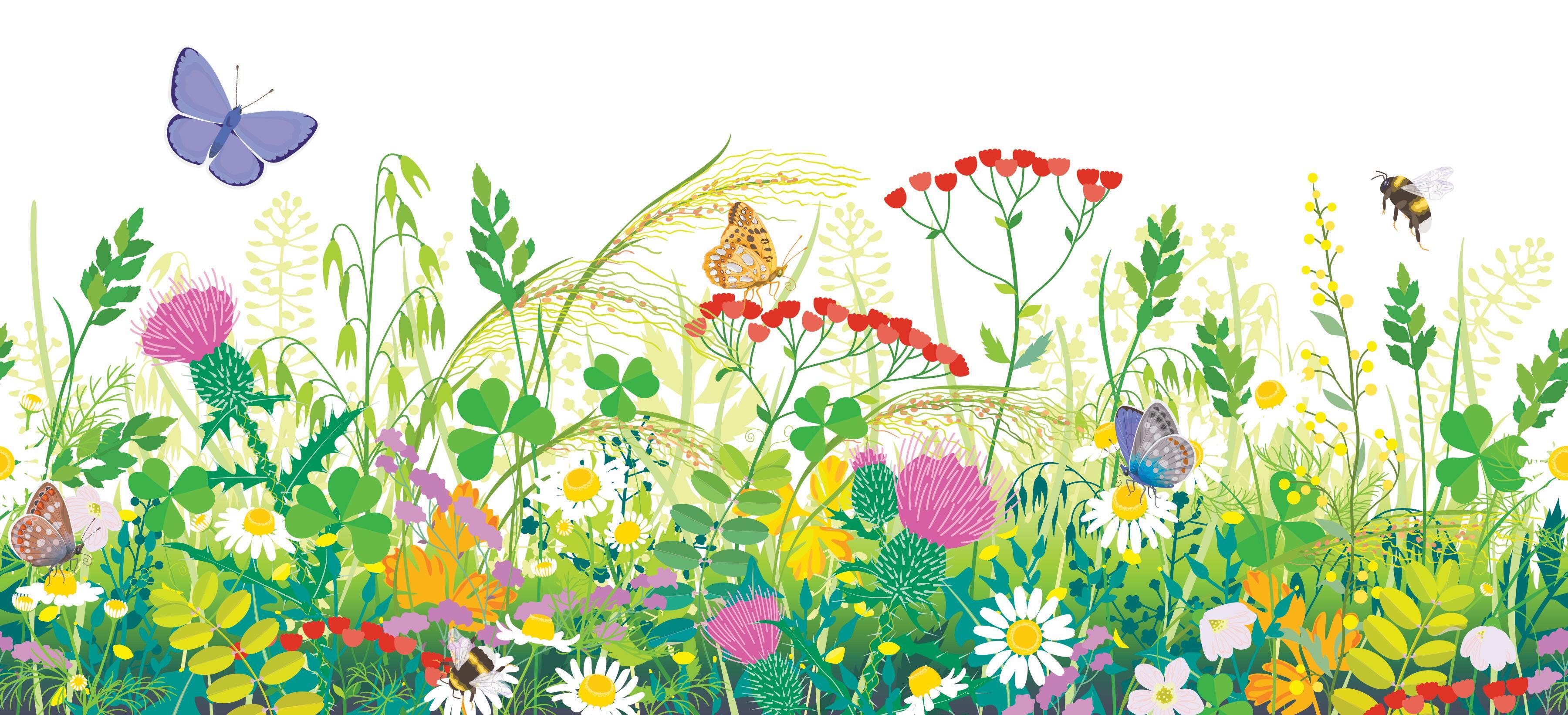
4112 Arrowhead Road, Duluth, MN 55811
218-728-3785
duluthgreenhouse.com
Open May 5-Mid-June
Daily 9am-6pm
• What is unique about your business?
As a family run business, we offer great customer service. Don’t be afraid of gardening, we will answer all your questions and provide you with plants grown from seed, a large selection of unique and beautiful planters, hanging pots, plant food and pest control. Our friendly staff is happy to find solutions to help you create a sanctuary at your home that brings peaceful, easy feelings and joy.
• What are you excited about this year? In 2022 we are tripling our variety of perennials - it’s definitely something everyone will want to check out, along with metal art sculptures that our younger employees are excited about. But the one thing everyone working at Spring At Last are all anticipating ... to see if they can use self control and stick to their original plans for their home gardens!
Teri’s Greenhouse
4650 Lavoy Road, Brookston, MN 55711
218-348-4754
Open May 5
Tue-Fri 10am-5pm; closed Mondays; Sat-Sun 9am-4pm
• What is unique about your business?
We have lots of vegetables, herbs, bedding plants and baskets.
• What are you excited about this year?
Flowers!
The Dirt Lady Gardens, Greenhouse & Treasures
7299 Hill Road, Virginia, MN 55792 218-741-0174
organicgoldblackdirt.com
Open May 1-Aug. 30
Daily 9am-6pm
• What is unique about your business?
We have quality customer service, greenhouse, gift shop, antiques and fresh vegetables, plus organic gold black dirt.
• What are you excited about this year?
The Dirt Lady is celebrating 10 years in business in May! Join us for our annual Mothers Day Party. Bring this ad and receive 10% discount in 2022 at The Dirt Lady.
The Fig Tree
418 Sunnyside Dr., Cloquet, MN 55720
218-879-2260
thefigtreecloquet.com
Open — We have plants all summer until frost Mon-Fri 9:30am-7pm; Sat 9:30am-5pm; Sun 11am-5pm
• What is unique about your business?
We have a great selection of plants, lots of garden decor and planting supplies, all at the same place!
• What are you excited about this year?
Color, color, color. Great new basket combinations, and fun, new garden decor.
2022 GREEN SPACES
Wentworth Gardens
4474 S Wentworth Road, South Range, WI 54874
218-393-9217 or 218-391-9134
Open May 1-End of June
Mon-Fri 10am-6pm; Sat 9am-4pm; Sun 10am-3pm
• What is unique about your business?
We have great customer service and all locally grown plants.
• What are you excited about this year?
We have an excellent selection of house plants and will have our huge petunia baskets.
Wild Iris
1818 W. 3rd St., Duluth, MN 55806
218-724-1014
Open April-November
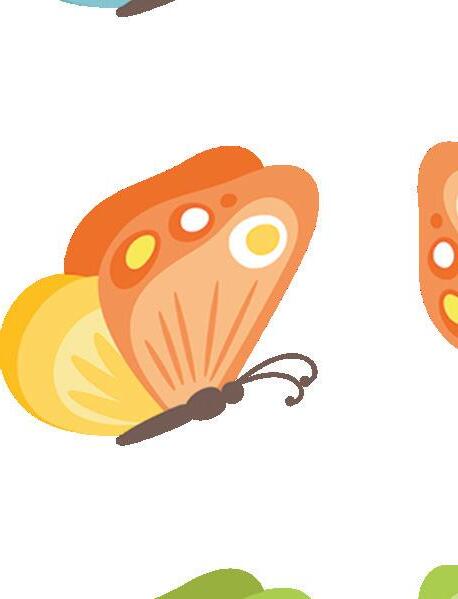
• What is unique about your business?
Wild Iris provides residential gardening and landscaping services in the Duluth area. Consultation and design services are available upon request.
Winter Greenhouse
W7041 Olmstead Road, Winter, WI 54896
715-200-5430
wintergreenhouse.com
Open April 28-Oct. 15
April 28-July 4: Daily 8:30am-5:30pm. July 5-Oct. 15: 8:30am-5pm
• What is unique about your business?
We are known for our creativity, variety, and atmosphere. We have over 800 different varieties of hardy perennials, as well as unique hanging baskets of various sizes and combinations. We have a large selection of excellent quality trees, shrubs, and evergreens as well as extensive display gardens in sun, shade, and water, where we display all these plants. We have a talented staff who love to serve and inspire. We accept checks and all major credit cards.
• What are you excited about this year?
We have new expanded evergreen frames and display areas to meet the increased interest in recent years. We’re excited about New Dahlia Megaboom fire, Mandevilla Sunbeam, Banana plants and Coneflower Prima Saffron, and Daylily “Lies and Lipstick.”
Greenhouse & Nursery Guide 2022Greenspaces

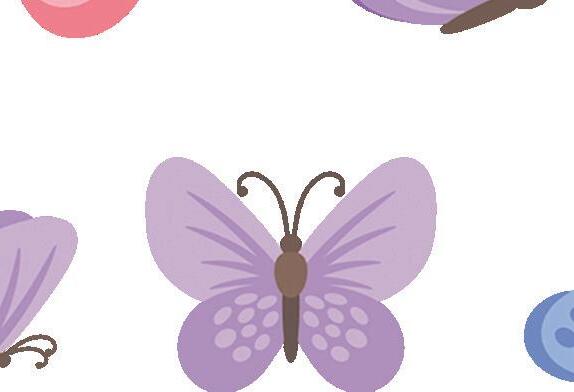
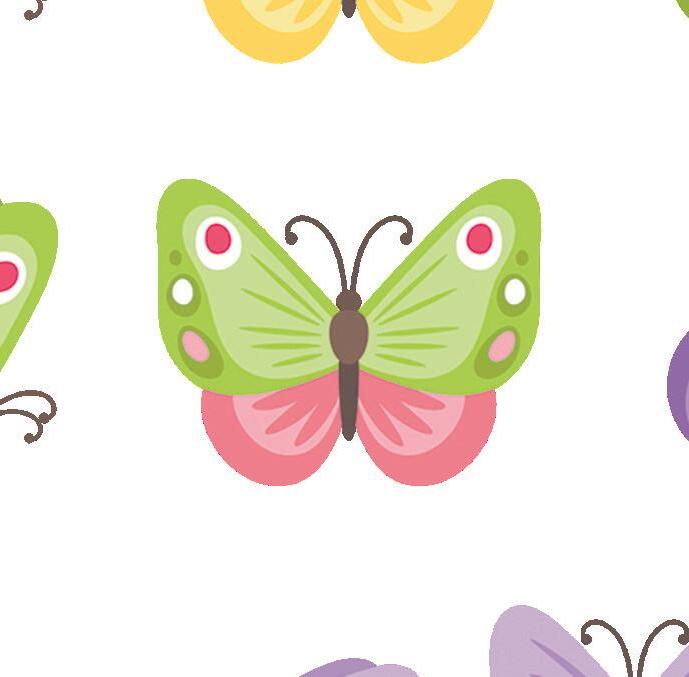

PREPARE YOUR GARDEN FOR PLANTING
COMPOST
From Page 4
Now’s the time to prepare gardens for the coming planting season. Consider the following tips to restore your garden and get it ready for planting.
● DISINFECT YOUR TOOLS.
It’s common to clean tools in late fall or whenever they’re typically placed in storage for the winter. But cleaning and disinfecting are not necessarily the same thing. If tools were not disinfected at the end of the previous gardening season, disinfect them before doing any work on the garden. Doing so can ensure any lingering bacteria or fungi on tool surfaces are killed
Compost is relatively easy to make, and there are scores of materials that can be put into compost. But it is just as essential to know which ingredients cannot be used in compost.
OKAY FOR COMPOST
Most organic materials, or items that were once living, can be used in compost. Plant-based items used in cooking, such as potato peelings, carrot skins, banana peels, cocoa hulls, coffee grounds and filters, corn
Experienced, Knowledgeable Tree Care
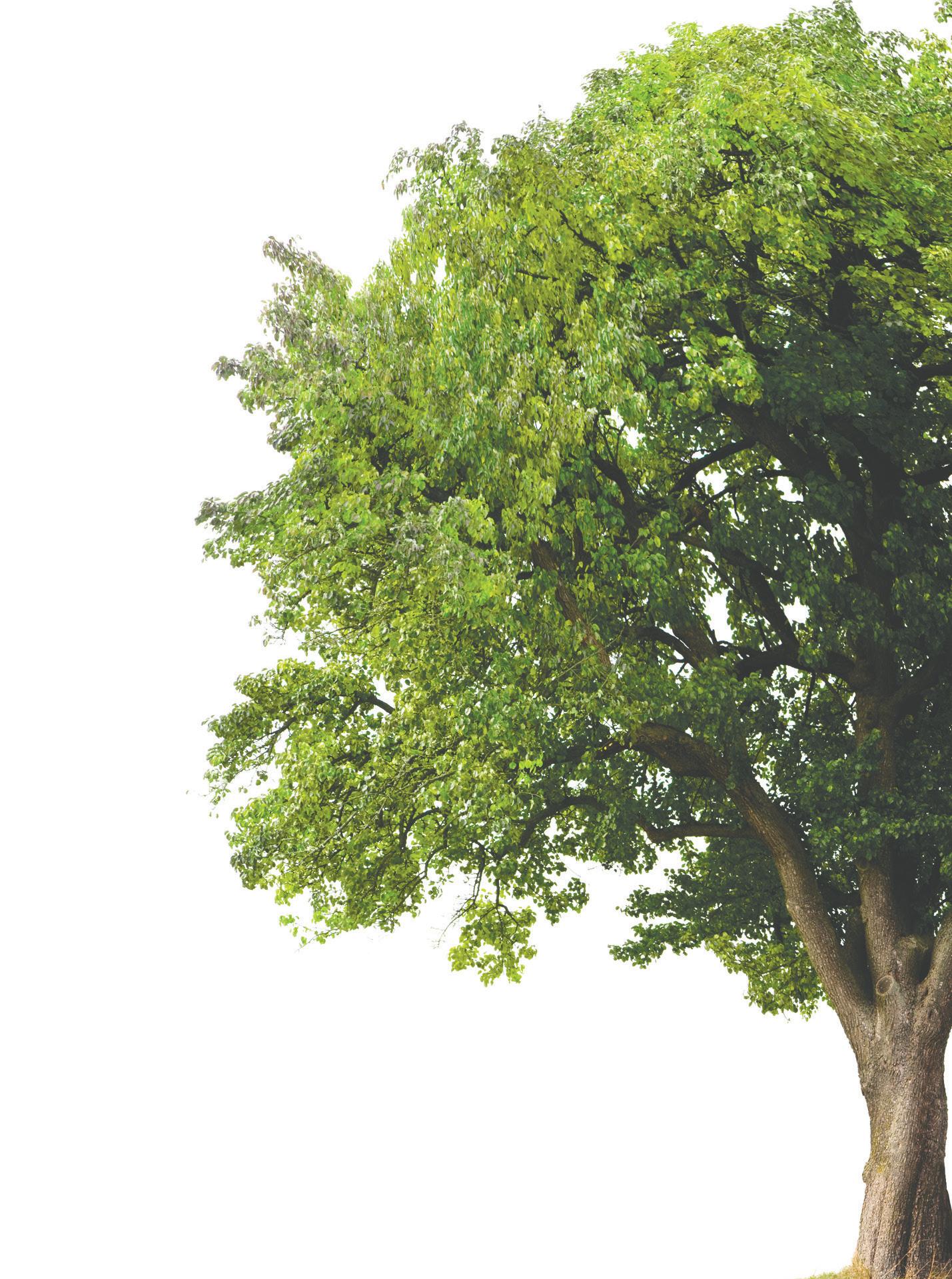
Tree Removal & Stump Grinding
Tree Pruning/Certified Arborists
Brush Chipping
Land Clearing
Prompt Storm Damage Cleanup
Tree Care Services
Corrective Pruning
Sprays for Apple Scab
Ash & Birch Borer Prevention
Fertilization/Aeration
Tree Cabling & Bracing
Hazard Tree Evaluation
Consultation & Diagnosis
prior to the beginning of gardening season. According to the University of Minnesota Extension, plant pathogens, including bacteria and viruses, can be transferred to and infect plants through bits of soil and plant debris left on shovels and pruner blades. Thoroughly disinfecting such tools prior to using them in the spring is a great way to reduce the risk of disease in your garden.
● CLEAR DEBRIS FROM GARDEN BEDS. Leaves, twigs, sticks, and other debris may have gathered in the
cobs, apple cores, egg shells, fruit peels, kelp, and nut shells, can be added to compost.
Other items from around the house, like unused kitty litter, hair, shredded newspapers and cardboard, leaves, flowers, paper, pine needles, ashes and sawdust, can be successfully added to compost. Stick to items that are not treated heavily with chemicals.
SHOULD NOT BE USED IN COMPOST
Inorganic and non-biodegradable materials cannot go into compost. These are items like plastic, glass, aluminum foil and metal. Pressure-
garden over the winter. Such debris can inhibit the growth of plants and vegetables, so make sure all of it is removed prior to planting. Weeds might even begin to sprout up in late winter and early spring, so remove them before they go to seed.
● TEST THE SOIL.
Testing the soil prior to planting can help gardeners determine what their gardens will need to thrive in the coming months. Garden centers and home improvement stores sell home testing kits that are effective and easy to use. Once the results are in,
treated lumber, although a natural material, is treated with preservatives and often pesticides that can be harmful if they leech into the garden.
The small-gardening resource Balcony Garden Web indicates coated or glossy printed papers, such as those from catalogs, magazines, wrapping paper, marketing materials and business cards, should not be added to compost piles because of the chemicals and inks used in these pages.
Planet Natural Research Center says to avoid pet droppings from dogs and cats. Animal products like bones, butter, milk, fish skins and meat, may
speak with a professional at your local garden center about the best time to amend the soil.
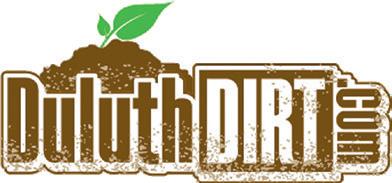
● LOOSEN COMPACTED SOIL.
Soil can become compacted over winter. If compacted soil is not loosened prior to planting, plants will have a hard time getting the water and nutrients they need to thrive. Loosening the soil also provides another opportunity to inspect the garden for any underlying issues, such as fungi or weed growth, that you may have missed when clearing debris or testing the soil.
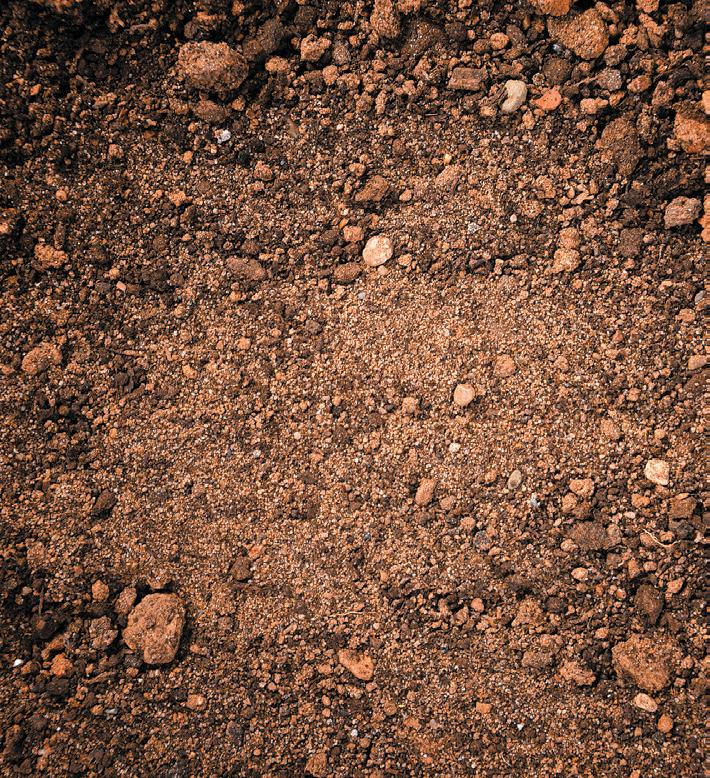
decompose and start to smell foul. Maggots, parasites, pathogens and other microorganisms can form in the compost. These materials also may attract flies and scavenger animals. Plus, they decompose very slowly. Any personal hygiene products should be avoided because they are tainted by human fluids and that can pose a health risk.
While weeds are not harmful in compost piles, there is the risk that seeds can germinate and then infiltrate garden beds when the compost is used. The same can be said for tomato plants and some other hardy fruits and vegetables.
MAY 1
Pick-up & delivery available
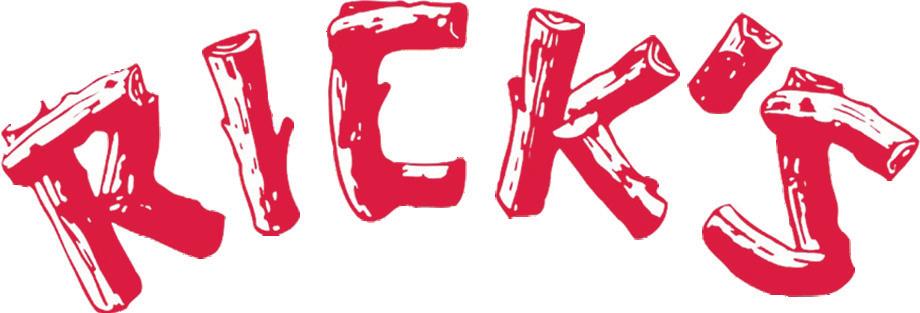
Bringing people and plants together, naturally
Our specialties include:
• Compostable containers and organic pest control practices
• Seed grown, hard-to-find bedding plants
• Over 25 varieties of tomatoes and 80+ varieties of culinary and medicinal herbs
• The area’s largest selection of colorful, custom designed hanging baskets
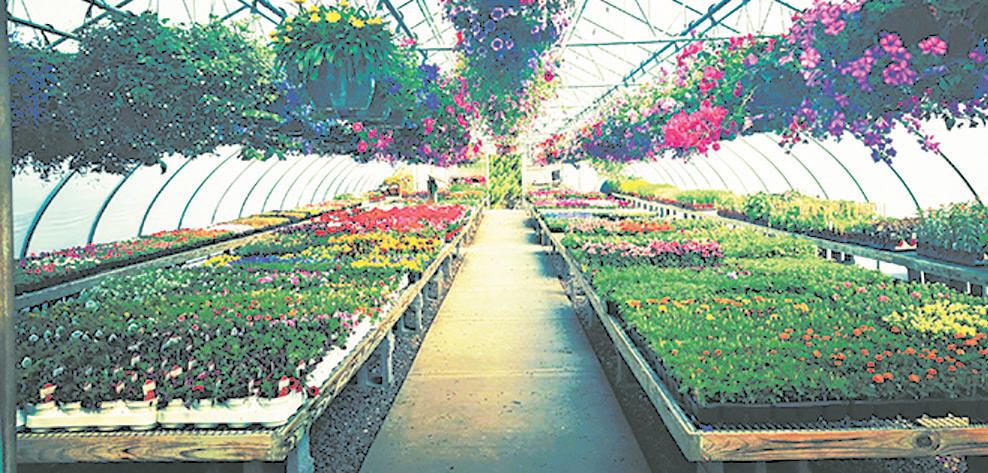
• New! Expanded selection of perennials, trees & shrubs, including over 2 dozen kinds of fruit trees
Open Daily: Mon-Sat 9am-5pm Sun: 10am-3pm
55804
YOUR OUTDOOR PROJECT SUPPLY HEADQUARTERS!
See our website for a complete listing of our mulches, dirt, gravel or rock. Schedule your delivery now!
525-1449
Soils/Dirt
• Garden Blend/Black Dirt
• 50/50 Topsoil
• Brown Packing Dirt
• Manure
• Compost Sand
• Washed Sand
• Play Sand
• Sandy Loam
• Pit Run Sand
Gravel
• Class 5
• Limestone
• Recycled Blacktop
Landscape Rock
• Pea Rock
• Washed Rock 3/4" or 1 1/2"
• Bluestone 3/4" or 1 1/2"
• River Rock - MN or WI
Spring fever?
By Andrea BuscheAs of this writing, it remains cold — with snow and freezing rain still in the forecast. However, summer is right around the corner. April showers bring May flowers, as the old saying goes.
Around this time of year, people with a green thumb get the itch to be in their gardens. While we know our growing season in the upper Midwest is dreadfully short, there are a few ways to get a head start.
GROWING EXPERT
Jim Shogren, co-owner of Anderson’s Greenhouse and Florist in Two Harbors, knows a thing or two about growing plants. He and his business partner, Jeff Peterson, have owned their business since 1978. They sell and grow a variety of flowers, veggies, annuals, perennials, and fruit trees.
“We are a full-time florist, we operate four greenhouses, and we are an animal feed store,” Shogren said. “I’ve been

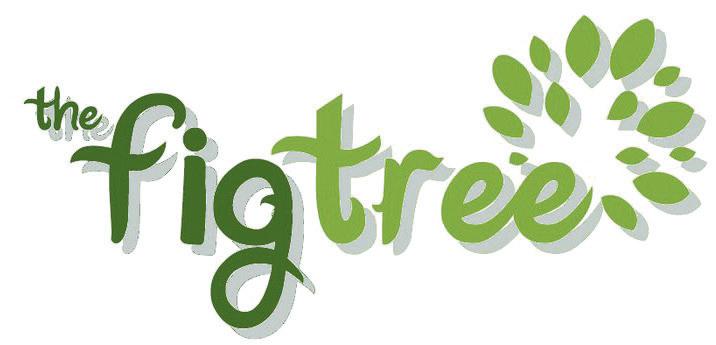
Kick off the ‘growing season’ a little early
working here since the ninth grade (in 1972), and Jeff and I bought the business in 1978.”
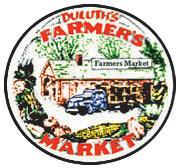
HARDY VARIETIES TO START EARLY
Shogren shared that, if your home or garage has good light and the right temperature, there are a few hardy plants that can be started early. Then, once temps warm up — usually around Memorial Day — they can be moved outside later.
“I usually start my pansies and violas around Valentine’s Day,” he said. “And a few veggies, like peppers and tomatoes, can be planted as early as the beginning of April.”
TIPS
Shogren offered plenty of specific tips for early planting.
“I start with a good, soilless mix, like PRO-MIX,” he said. “Rather than soil, it’s made up of peat moss, pearlite, and bark mix.”
Wild Iris
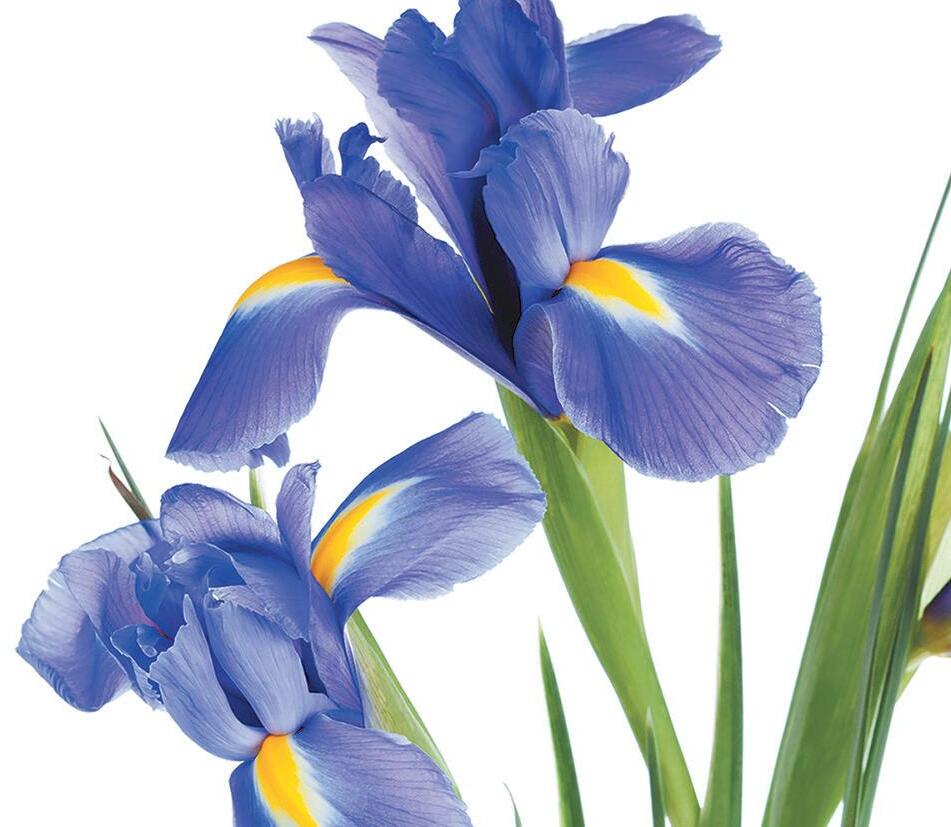
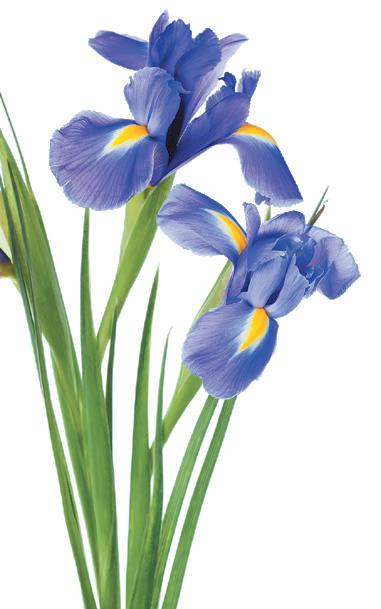
When it comes to planting, little seeds (such as petunias) don’t need to be covered with the PROMIX — they can simply rest on top. Larger seeds (like zinnias, peppers, tomatoes, and marigolds) should be covered just a little.

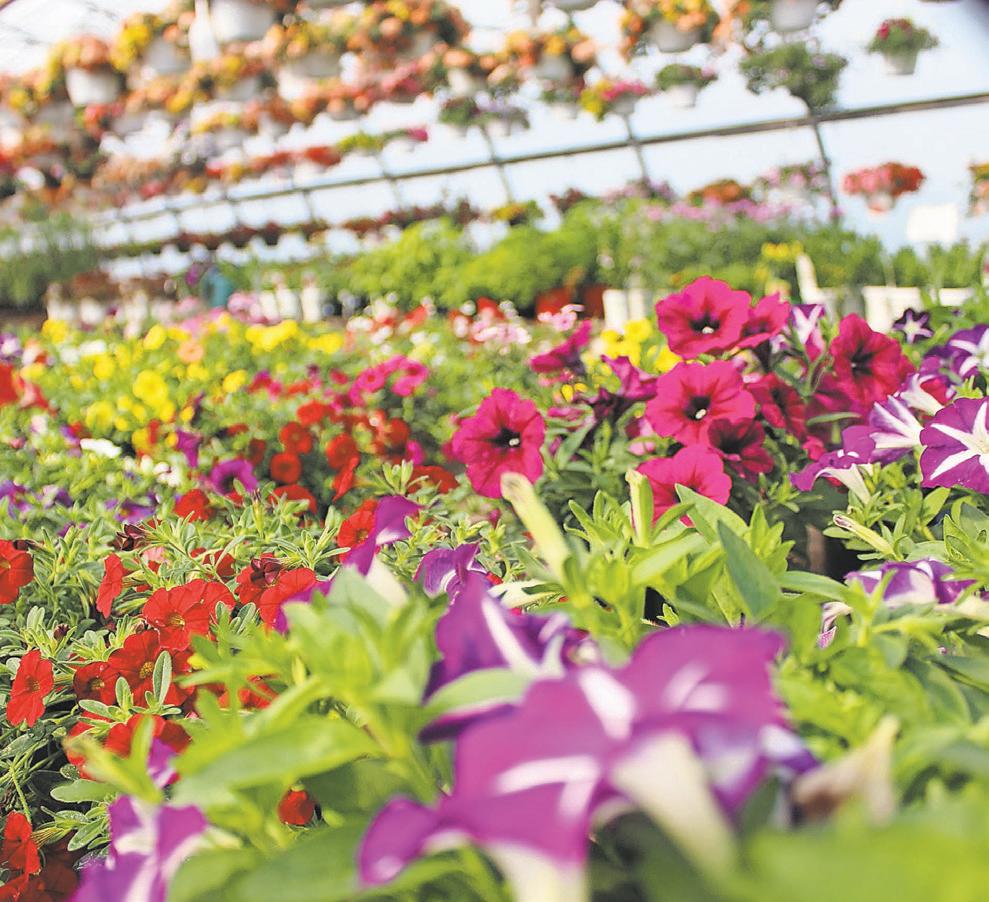
Once your seeds are ready, Shogren recommends giving them a little water (using a very fine watering can), and then covering them with plastic and paper.
“I cover my plants with a piece of plastic,” he noted. “This is usually just a piece of a grocery bag. And then I put a piece of newspaper on top.”
He then puts them somewhere warm — but not too warm.
“I put them on a rack in my furnace room. The warmest the plants should get is 60 degrees at night,” he said. “If your house temperature is 70, it might be too hot.”
Rooted
Locally grown by the person selling them.
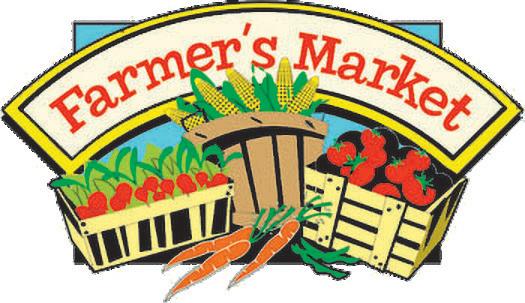
Opening May 7

Saturdays 8am - noon
Wednesdays 2 - 5pm
Located at 14th Avenue East and 3rd Street.
For more information call 218-241-1847
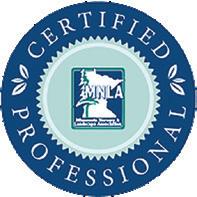
LEFT: Jim Shogren of Anderson’s Greenhouse poses underneath his flowering orchid cactus.
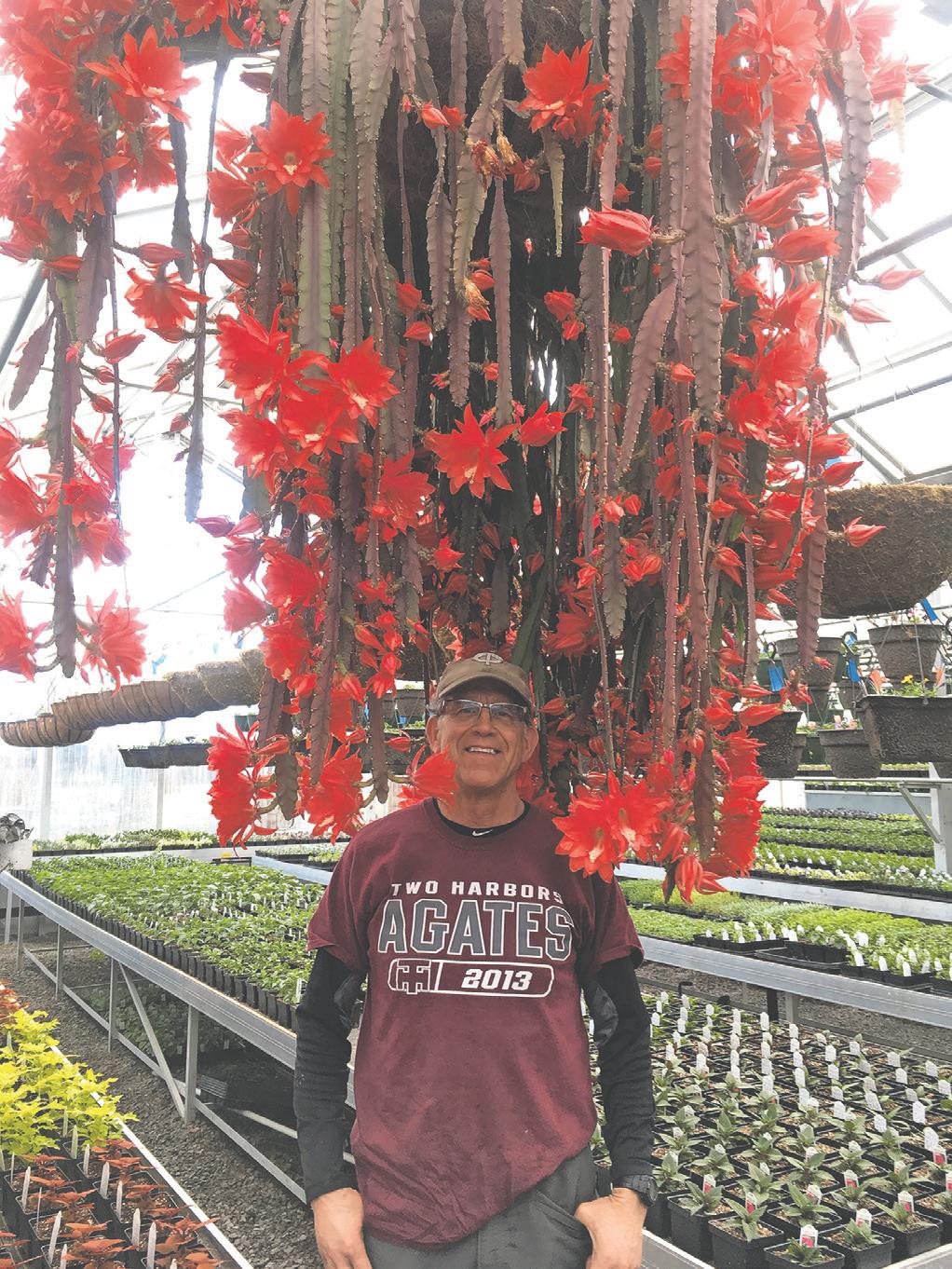
BELOW: A variety of seedlings are available at Anderson’s Greenhouse.
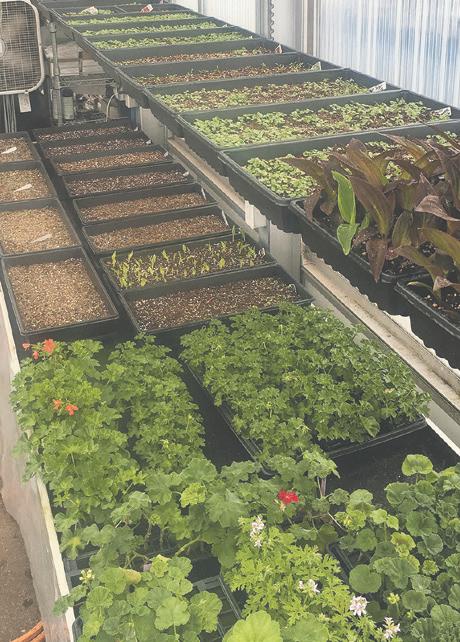
Shogren also recommends having a fan blowing nearby for circulation.
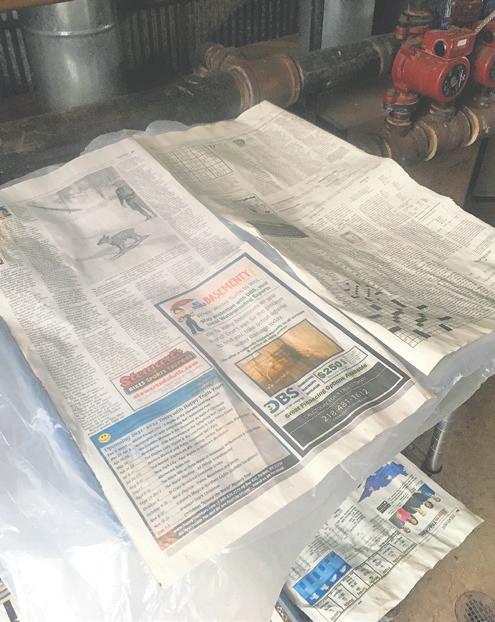

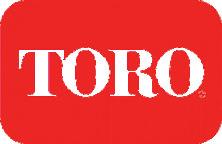


Once you notice your seeds germinating, they should be uncovered, and put in a bright, south- or west-facing location. That is, unless they are a plant such as impatiens or coleus, which don’t love direct sun.
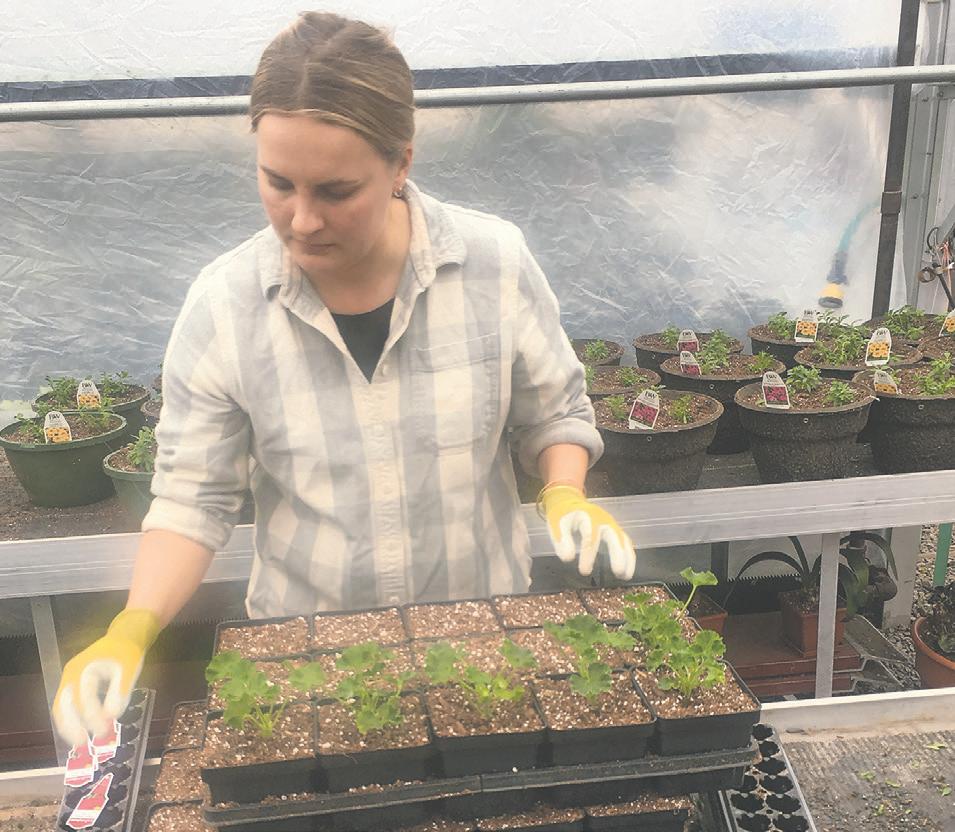
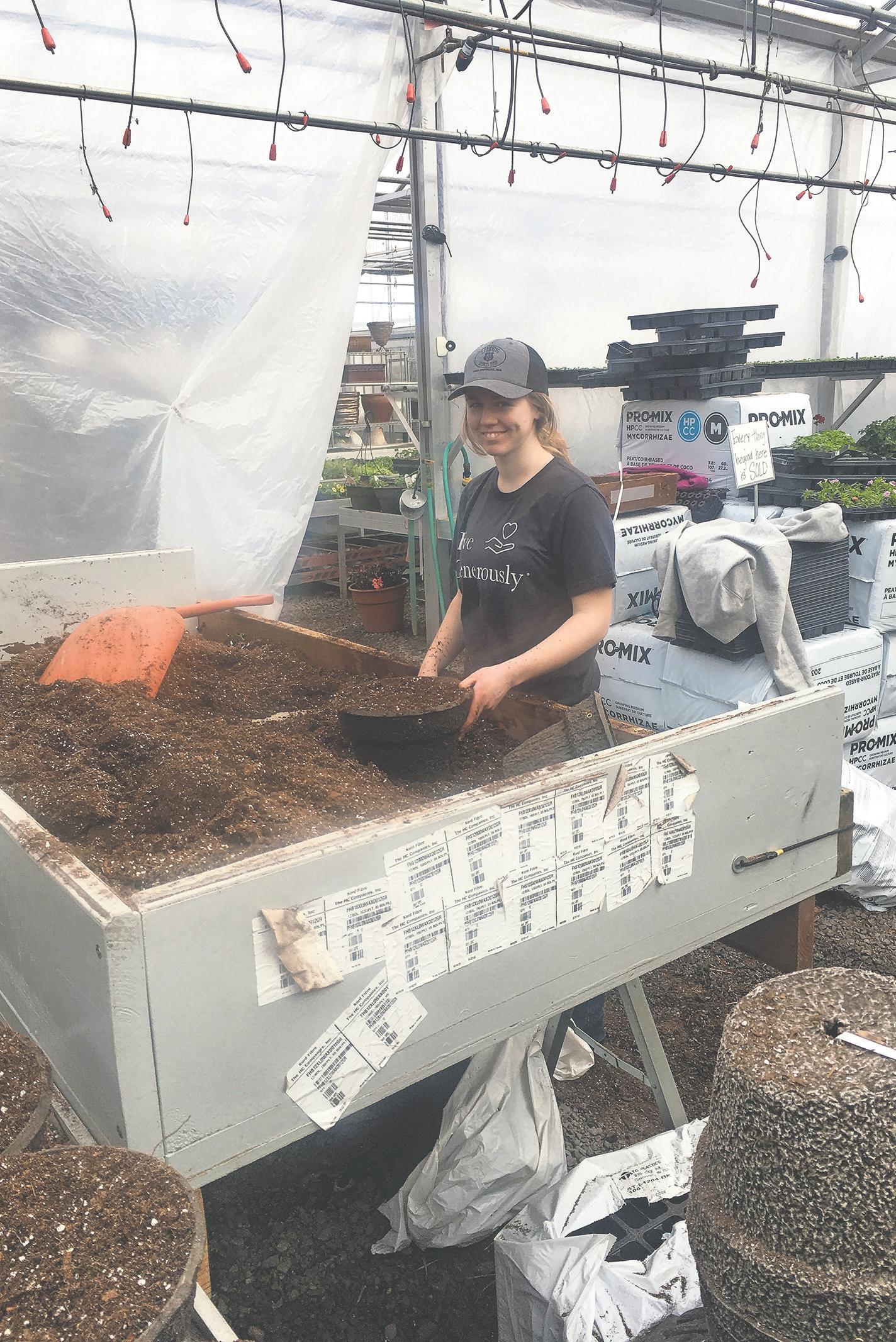
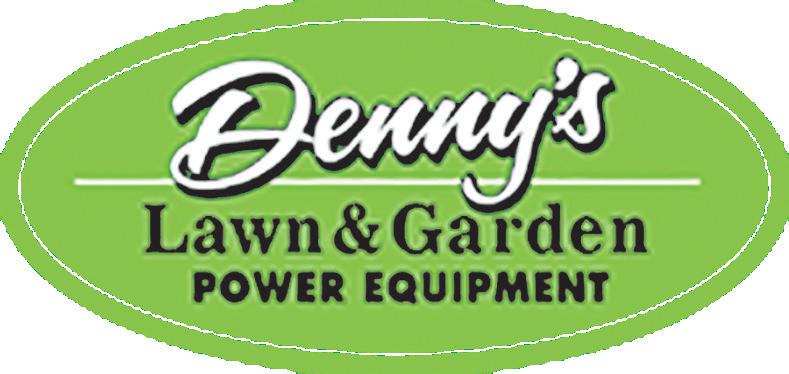
You’ll first see the seed leaves sprout, and then later come the “true leaves.” Once this happens, it’s time to transplant your seedling into a larger container.
And then, with time, the plants can go outdoors.
“When you have a nice warm day, probably 60 degrees and up, you can move your plants outside during the day,” Shogren said. “But be sure to bring them in at night until you know there won’t be any more hard frosts. This is usually around May-ish, or after Memorial Day.”
BE A PANSY
With the right conditions and a bit of extra care, your garden can be successfully kick-started a little early. However, it’s equally important to make sure the plant varieties you choose are resilient, and can survive in our unique climate.


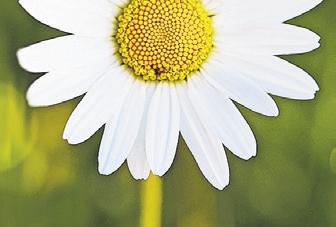
This includes the surprisingly hardy pansy, which thrive in Zone 4-type conditions.
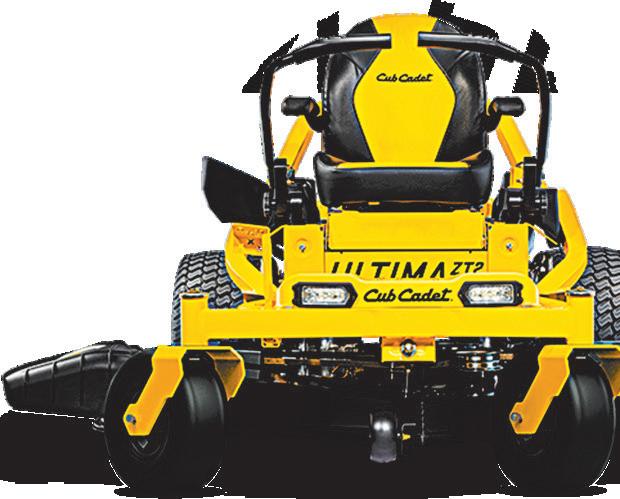
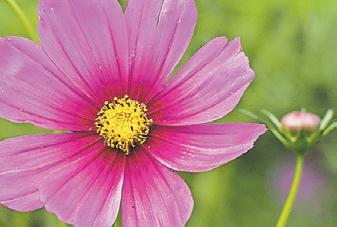
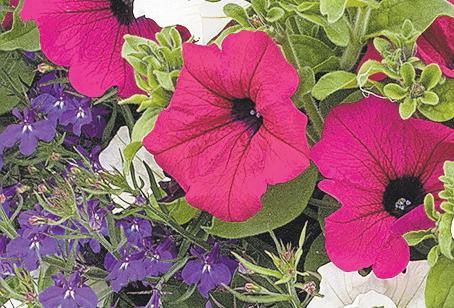
“If someone calls you a pansy, you can respond with ‘thank you very much,’” Shogren said. “They’re a very tough plant.”
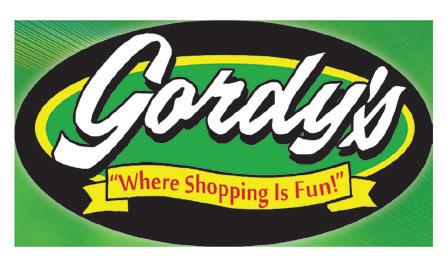
If someone calls you a pansy, you can respond with ‘thank you very much. They’re a very tough plant.
JIM SHOGRENNewly-planted seeds (covered with newspaper) stay warm in the furnace room.
Lawn watering and fertilizing techniques
Alush, green lawn is a sight to behold. Many variables are involved in growing and maintaining grass, and water and fertilizer are among the most important components.
Knowing how much water and fertilizer to apply and when to apply it can make a big difference in the appearance and health of a lawn. That’s because a well-fed and watered lawn will develop a better root system, which makes the lawn less vulnerable to stressors like drought, mowing, foot traffic, and heat.
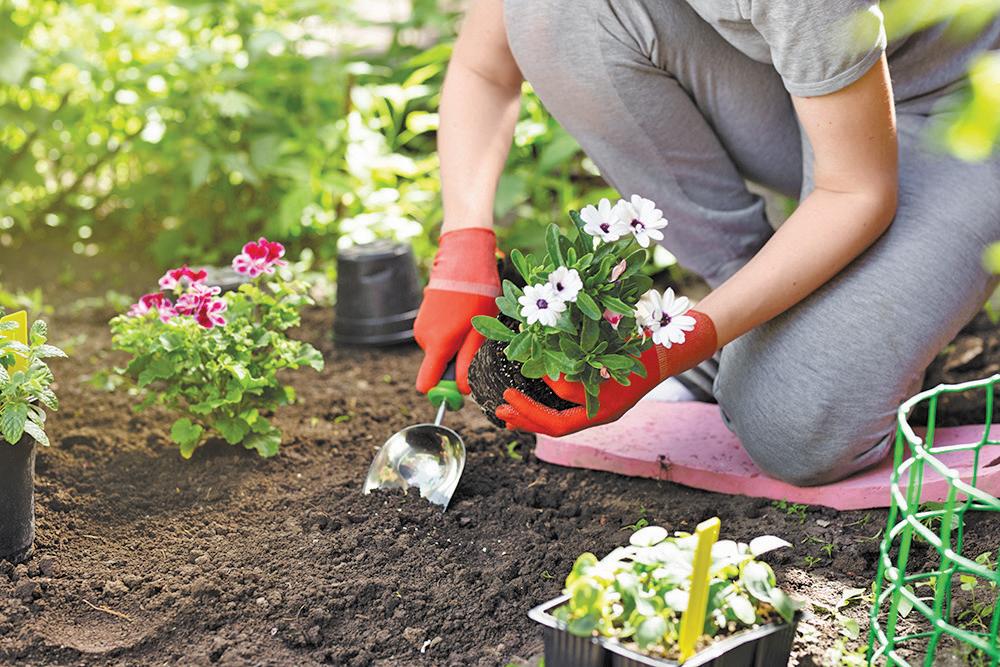
FERTILIZE
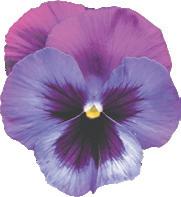
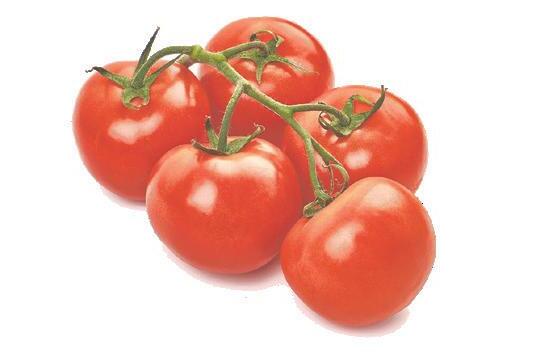
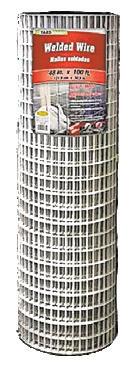
There is no magic formula governing when to fertilize a lawn. The type of grass and how well-established a lawn is must be considered. Experts suggest having the soil tested to determine its pH levels and if any nutrients are lacking. A fertilizing schedule can then be developed after testing.
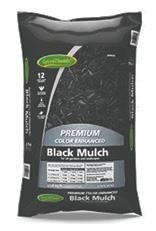
Keep in mind that overfeeding a lawn will not make it grow any better and actually can damage the turf. Several small applications of fertilizer during the lawn’s most active growing period may be helpful, advises the home improvement resource Tools Around the House. An annual application (late spring for warm-season grass or fall for cool-season grass) may be all that’s needed.
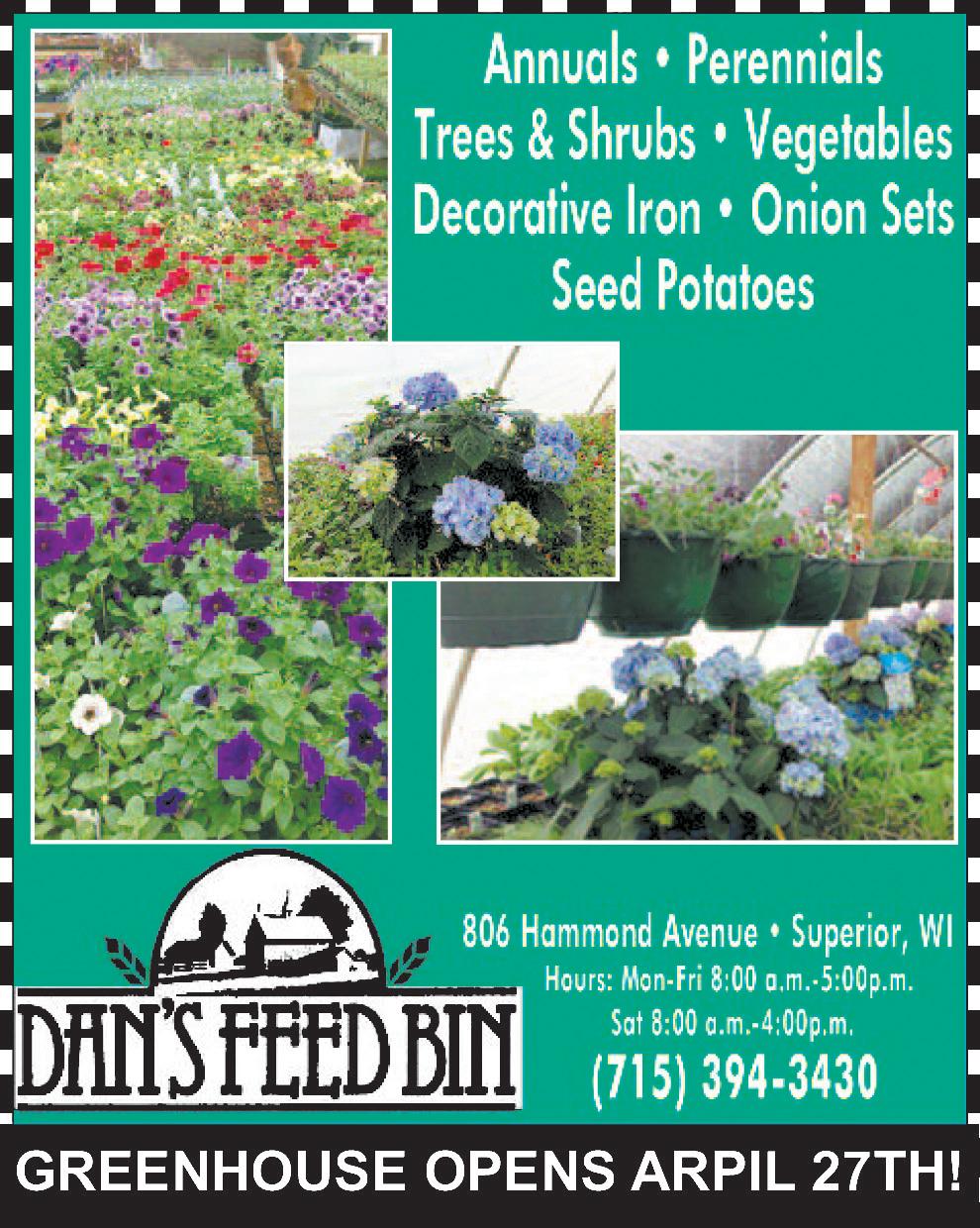
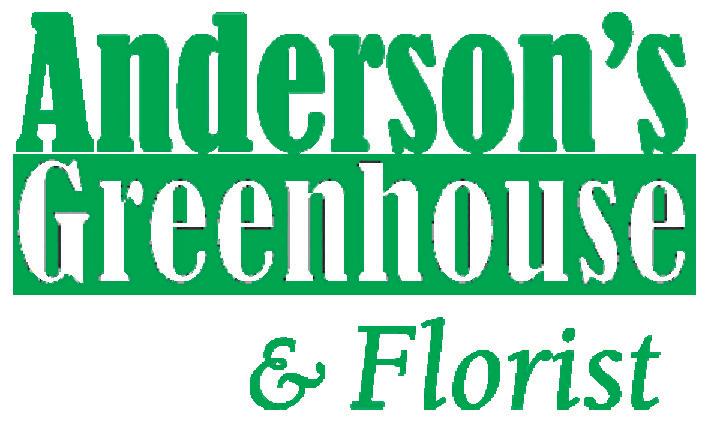
Certain fertilizers need to be applied and watered in. Others may be combined with weed-control products and must be set on top of damp grass. Read packaging to determine the right application.
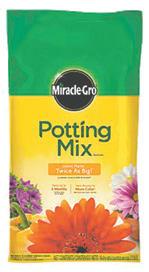
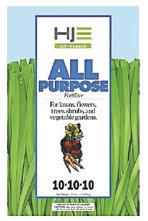
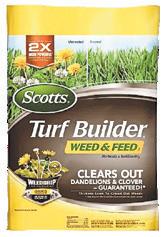
WATER
The right watering schedule and techniques can help a lawn thrive. Adjusting for climate and nature can help grass grow strongly. A lawn that has a grayish cast or appears dull green is telling an owner that it needs water. Another test is to step on the lawn. If footprints disappear quickly, the grass blades have enough moisture to spring back.
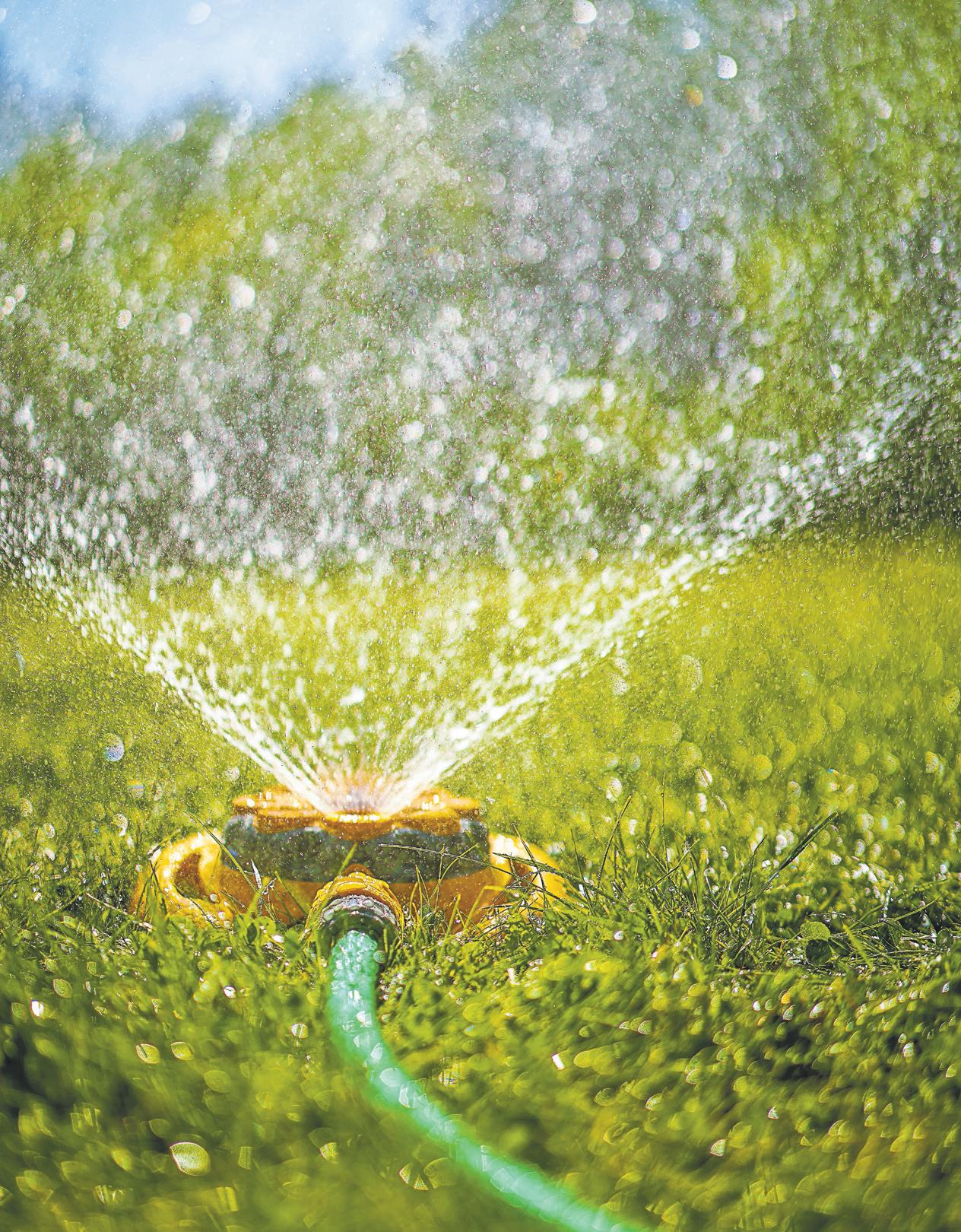
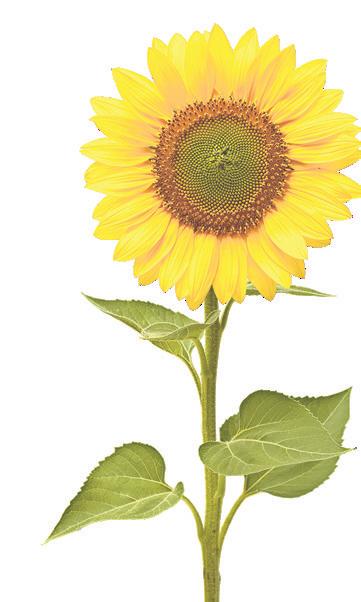
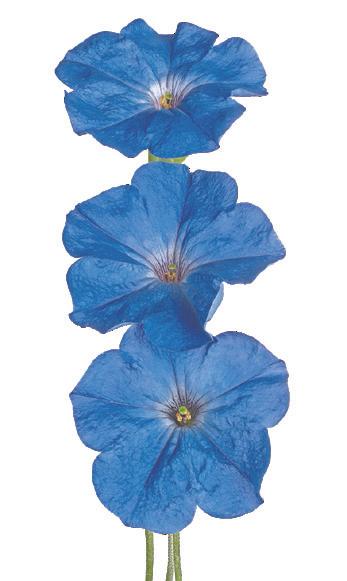
Water the lawn in the morning before 10 a.m. when it’s cooler and the winds tend to be calm so that the water can soak in. For those who must water at night, do so in early evening so the water can dry before nightfall and will not contribute to disease.
Water an established lawn until the top six to eight inches of soil is wet. Most lawns need one to 1.5 inches of water per week from rain or a hose to soak the soil that deeply.
Newly established lawns may require more water to keep the soil moist but not soggy. Visit a lawn care center for more information on watering the type of lawn for your area.
